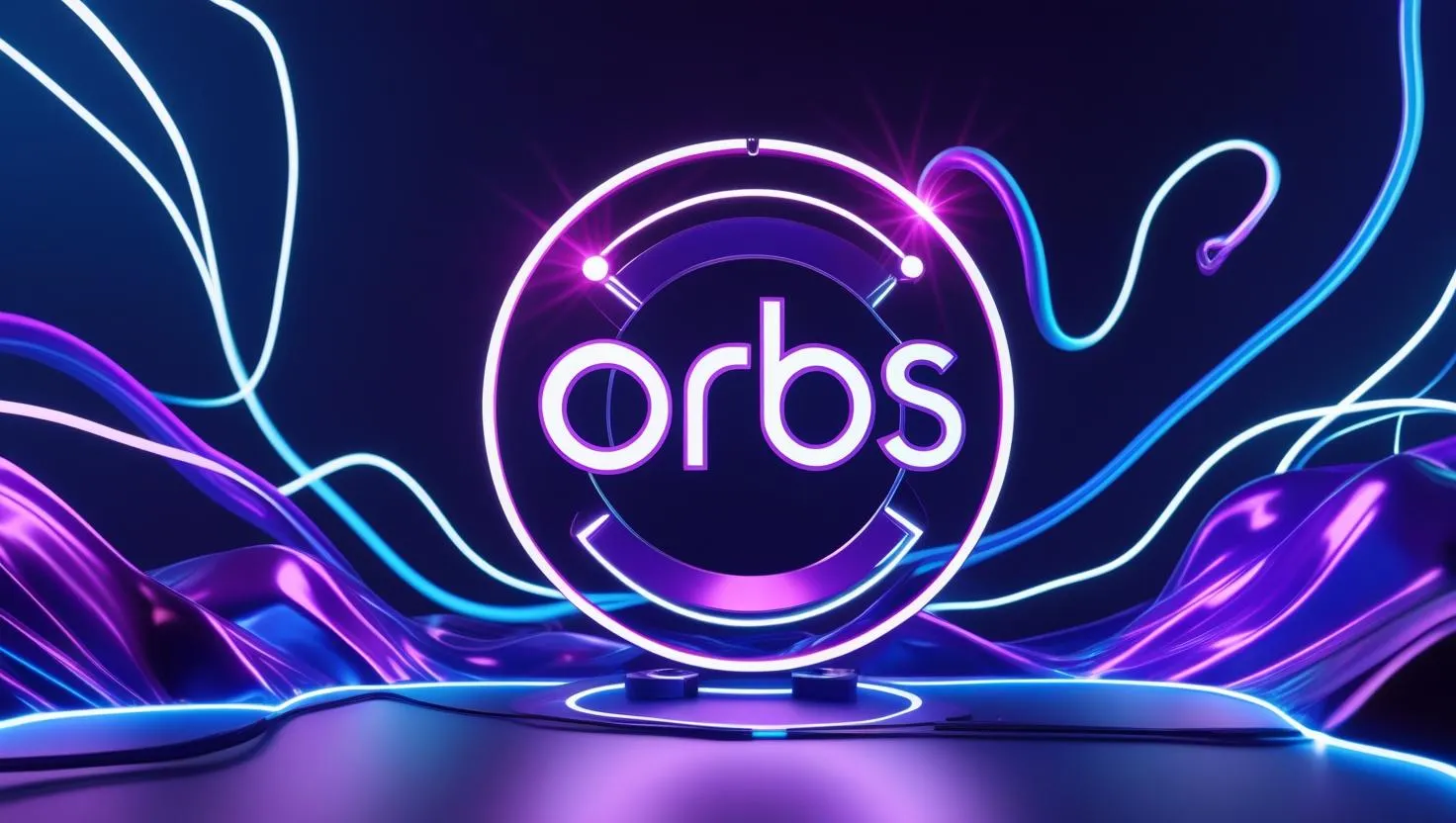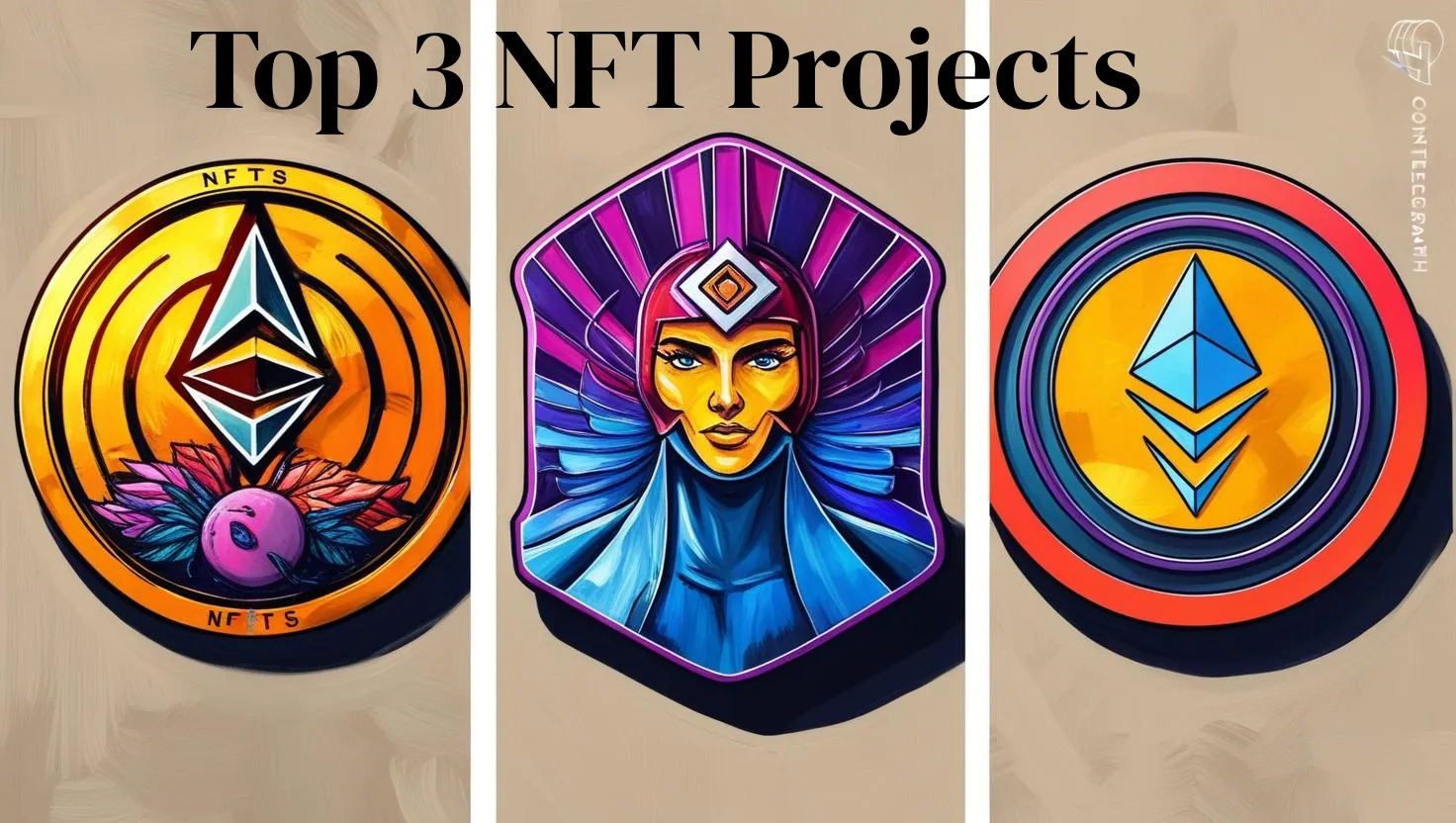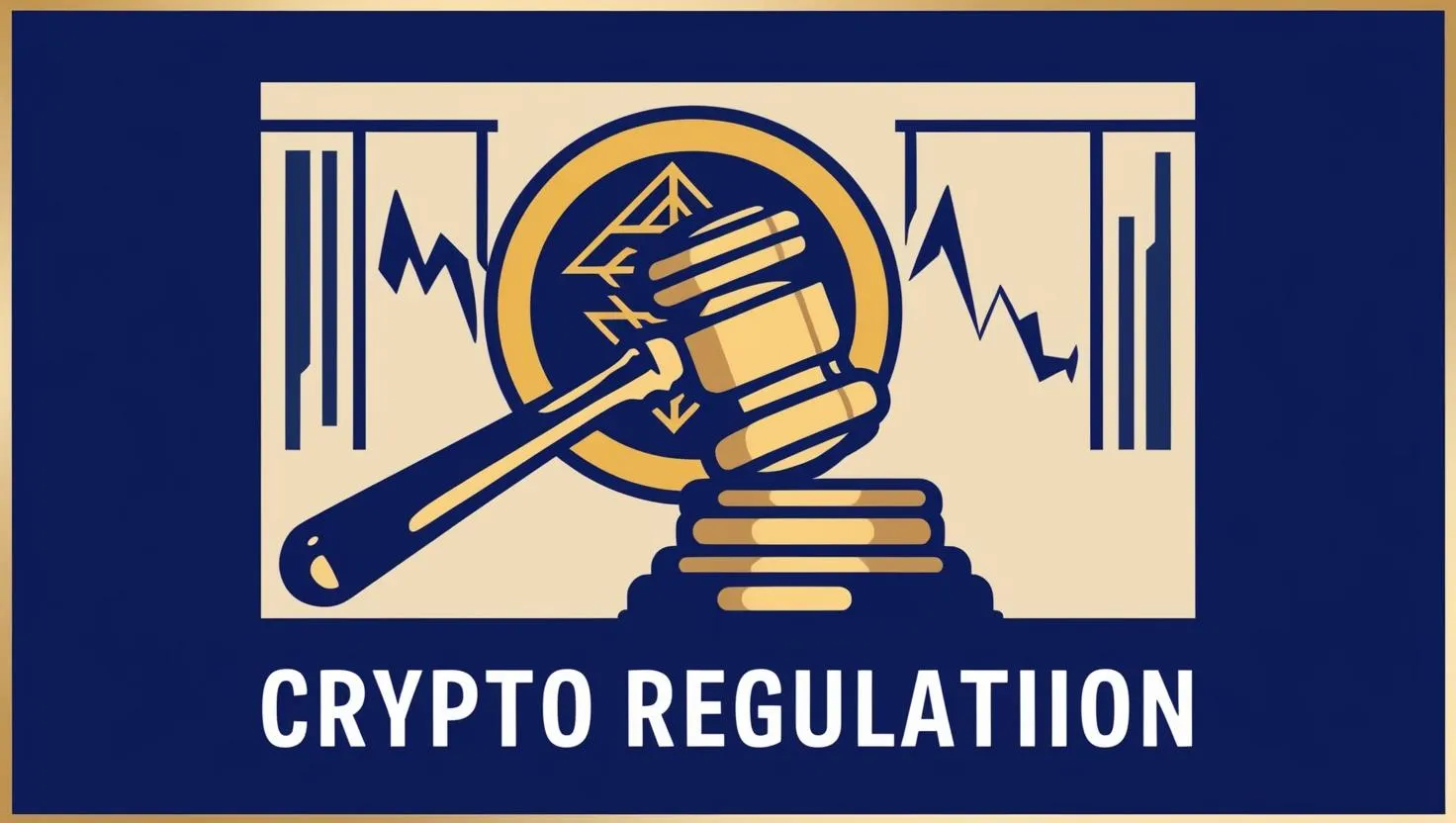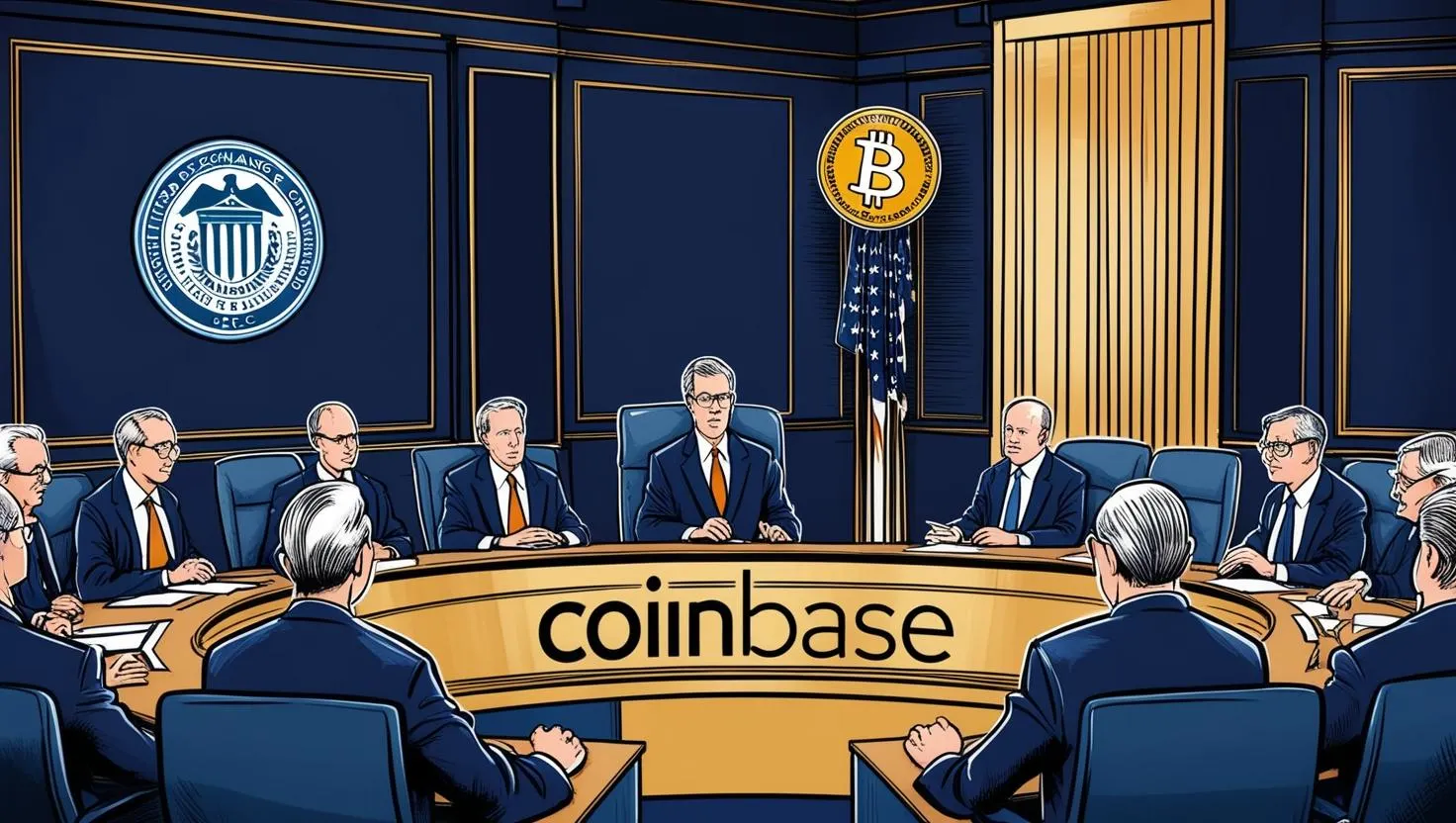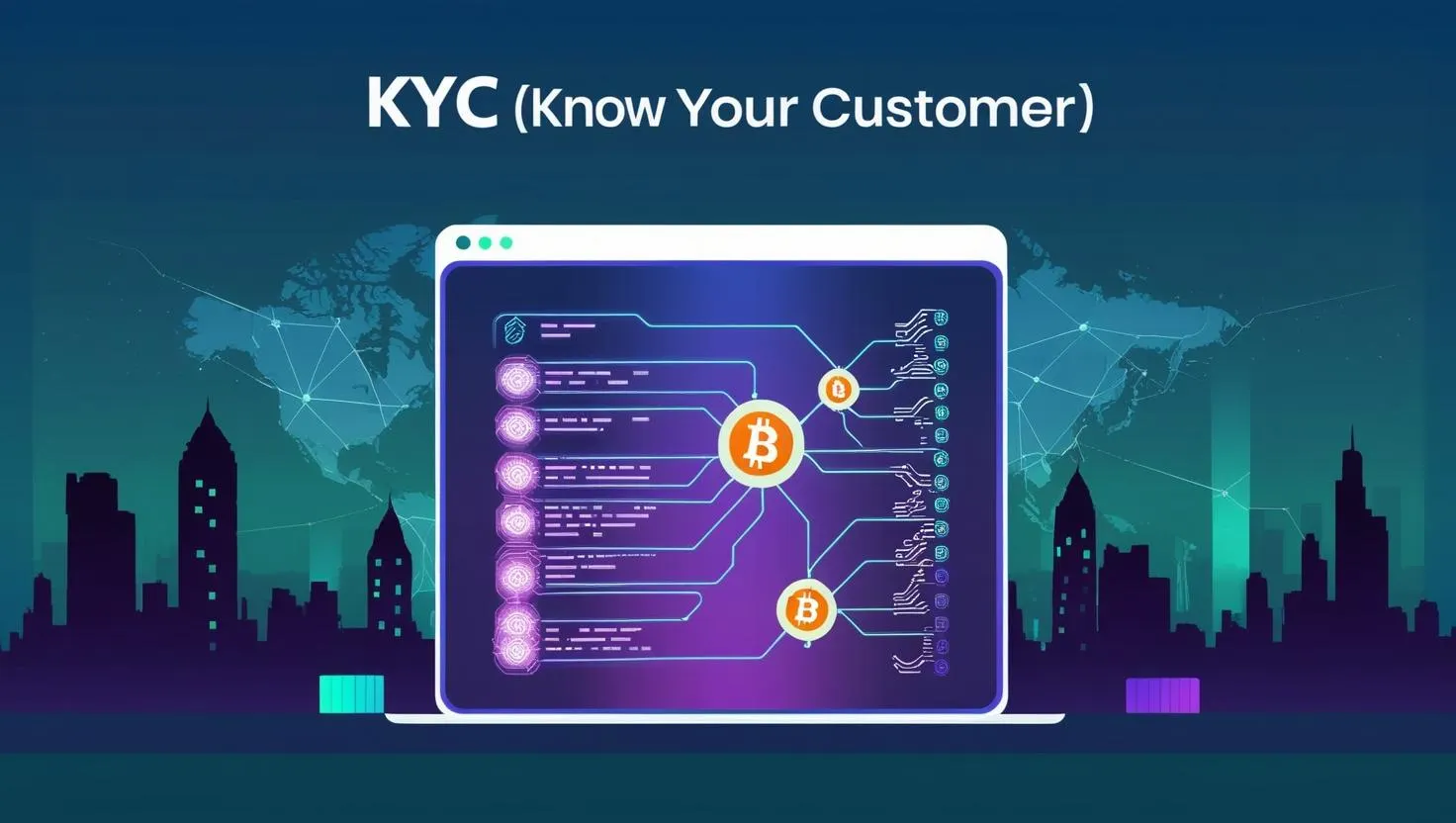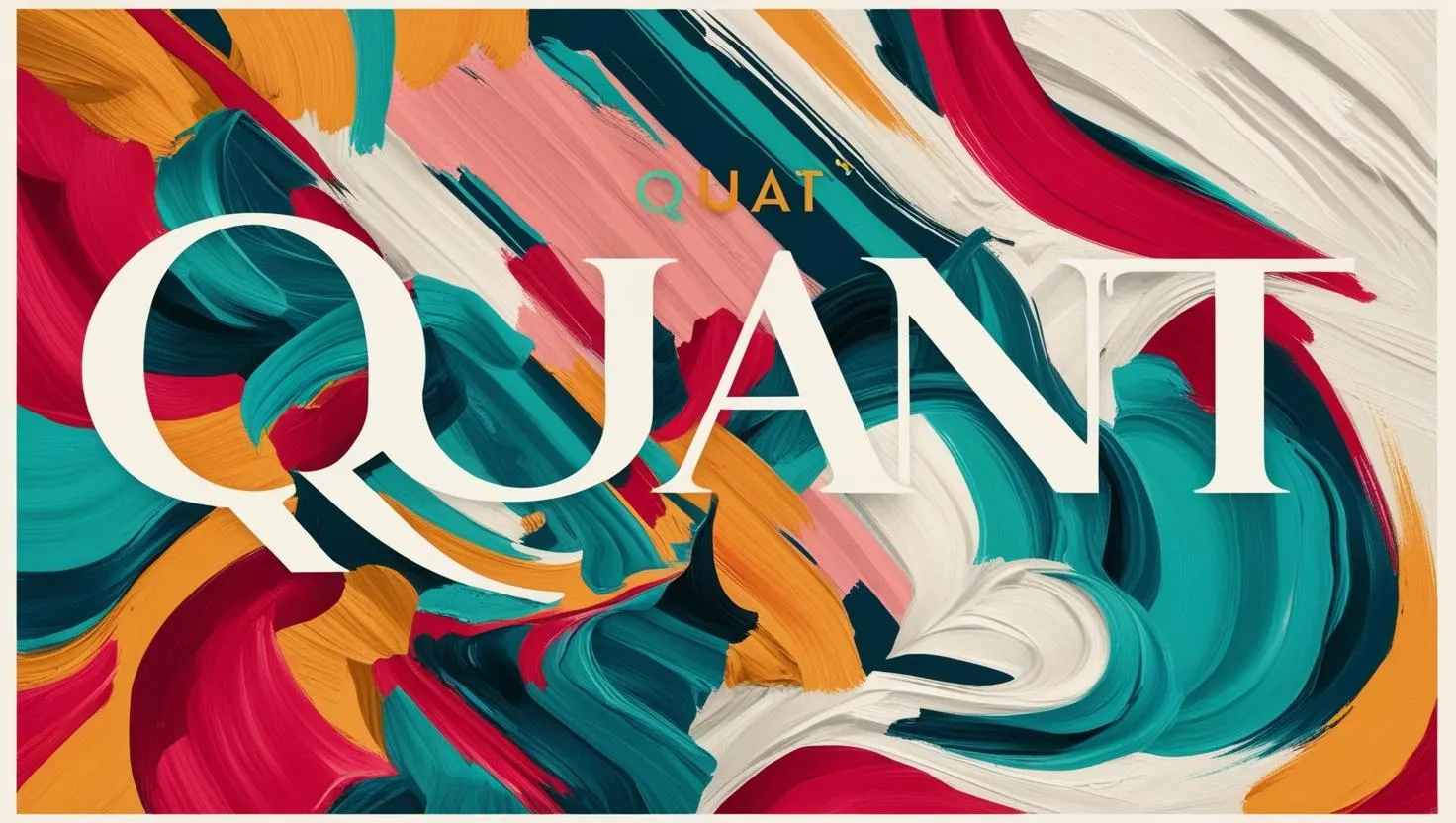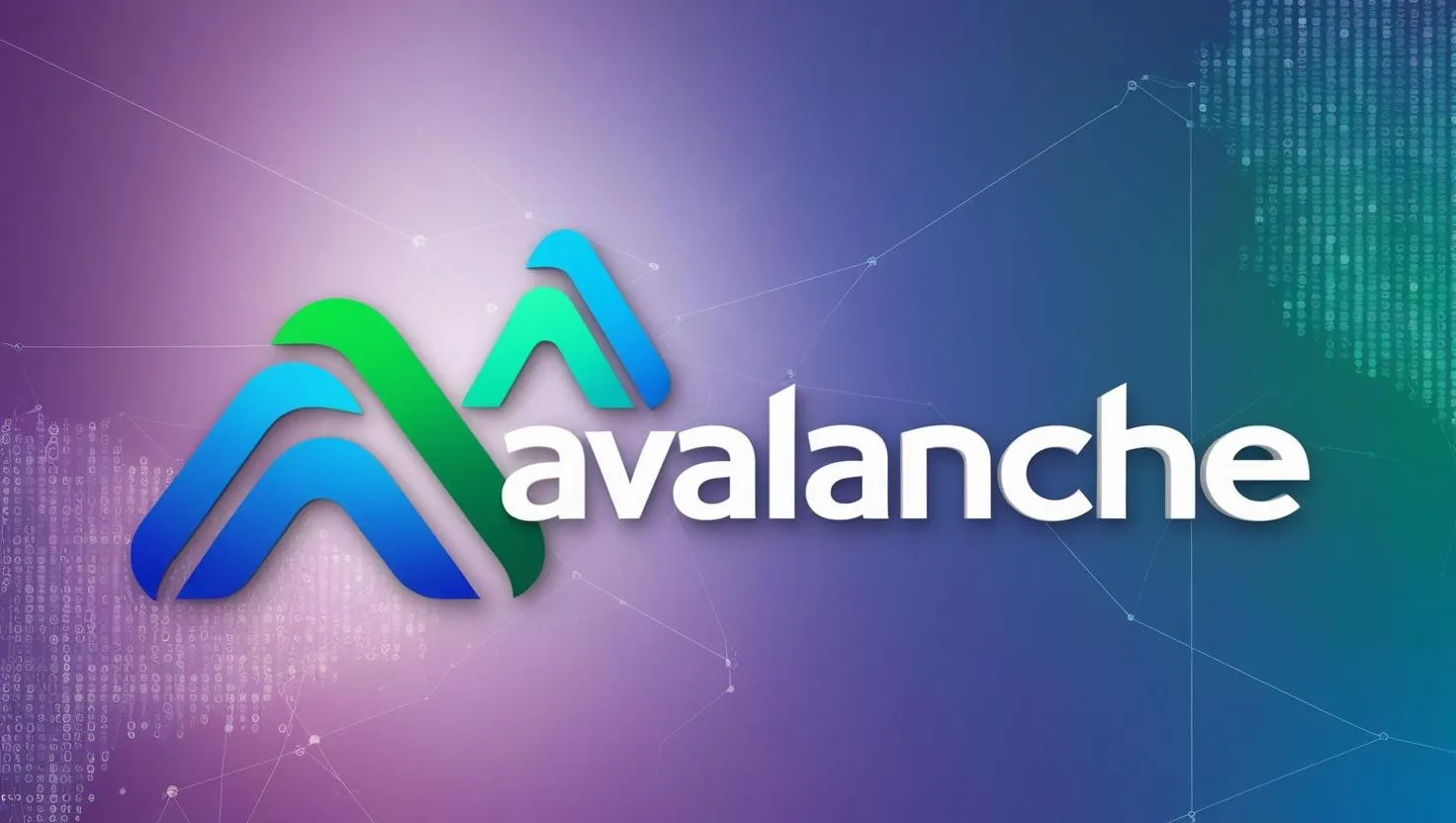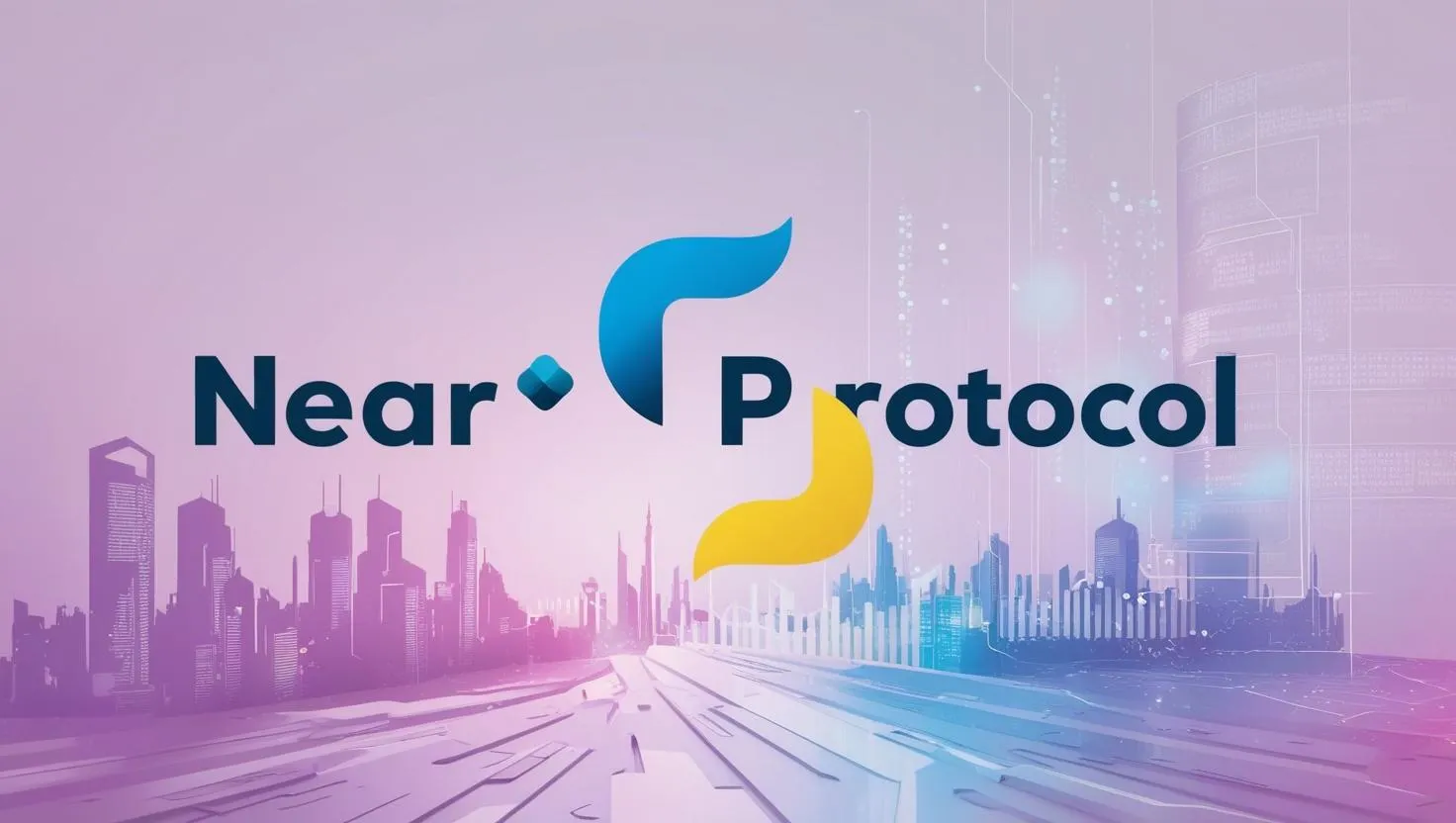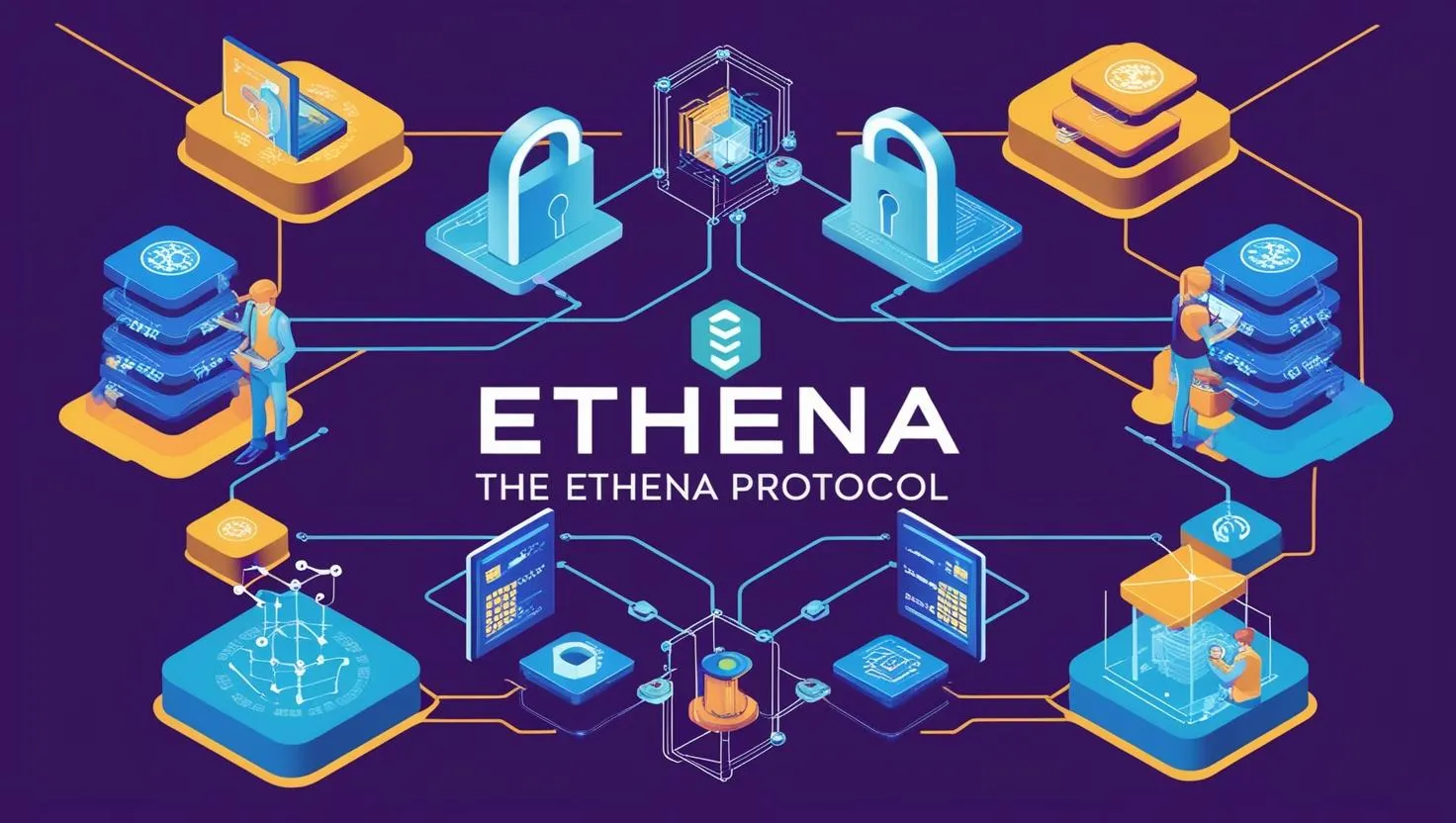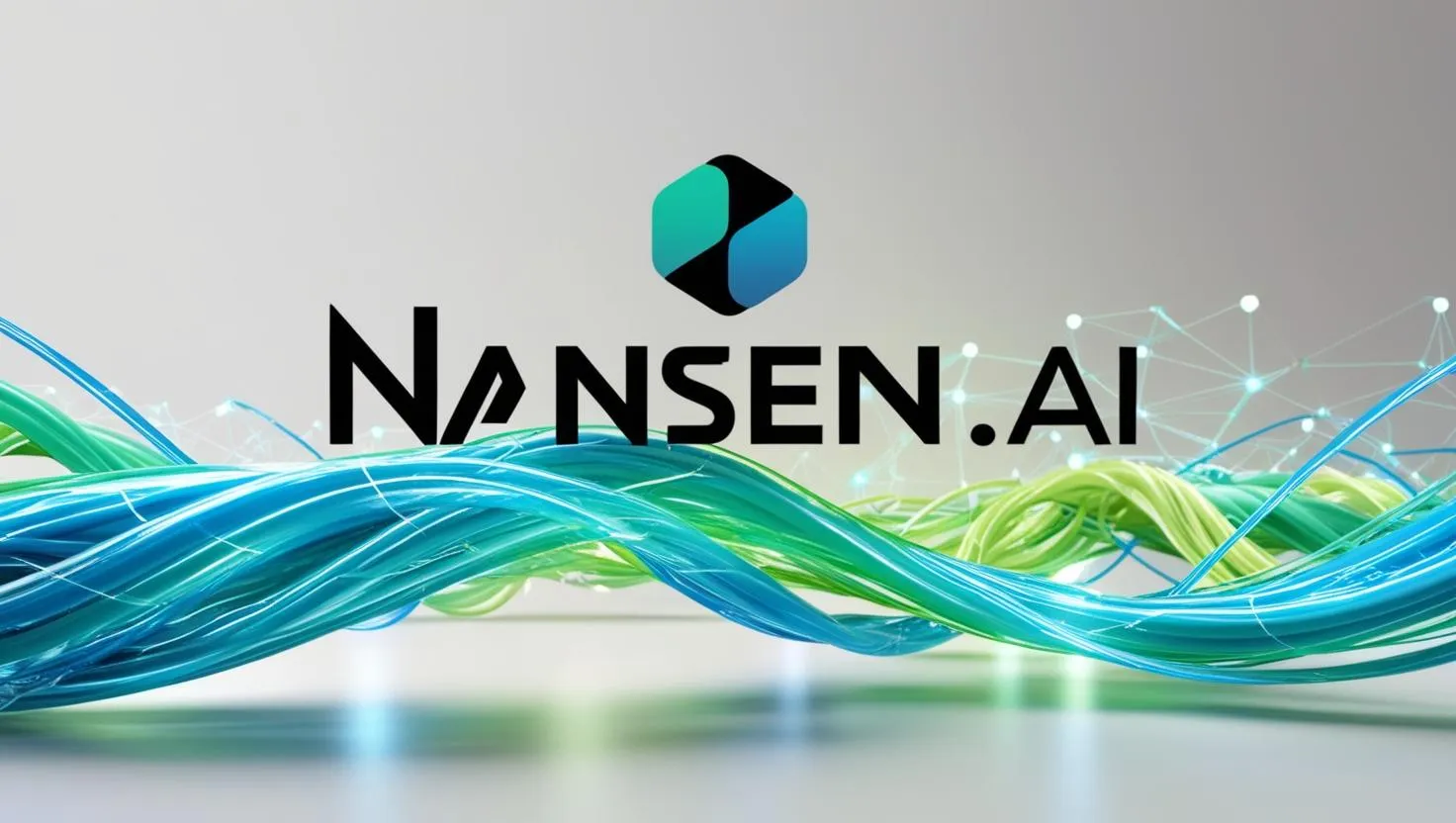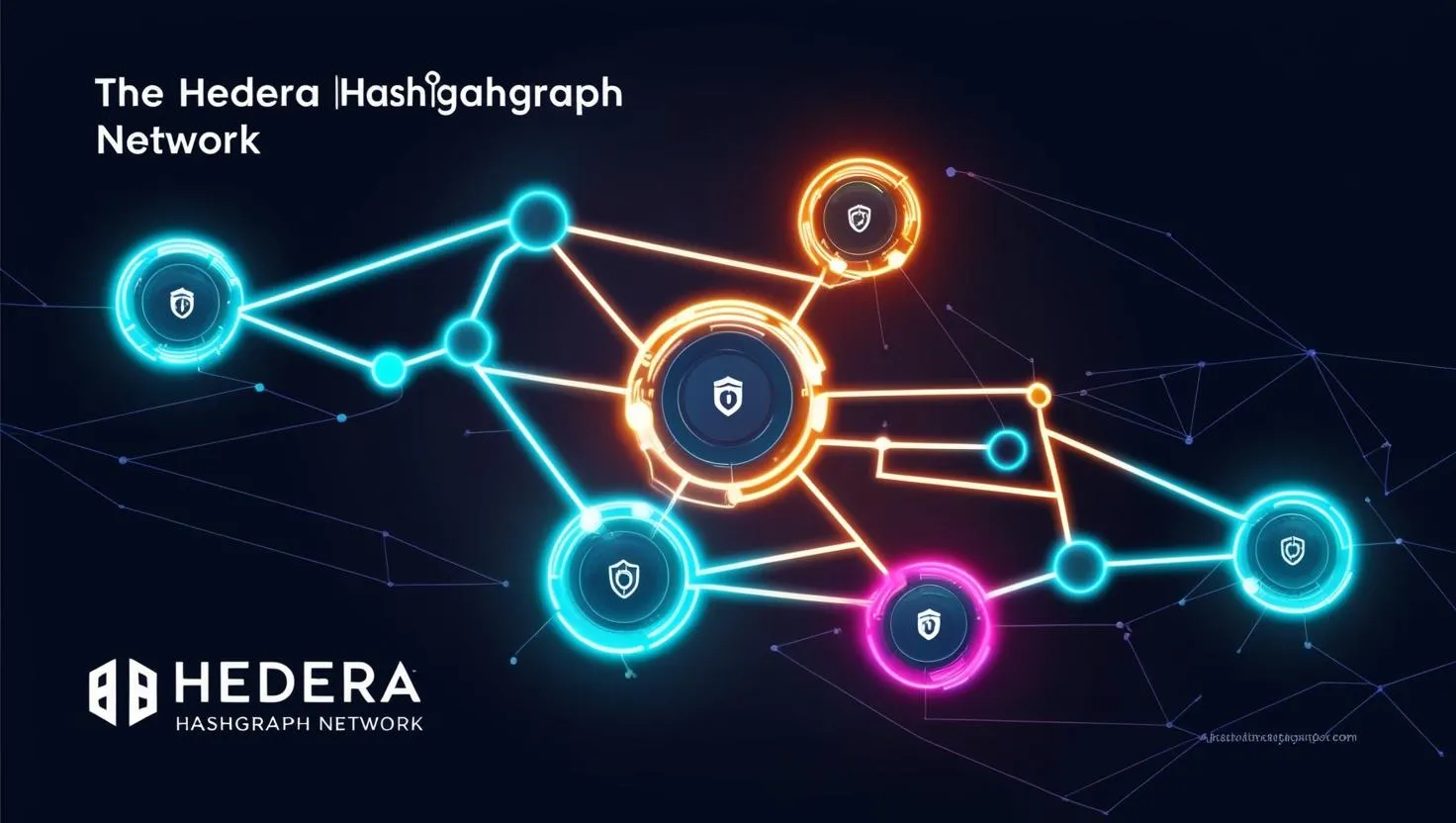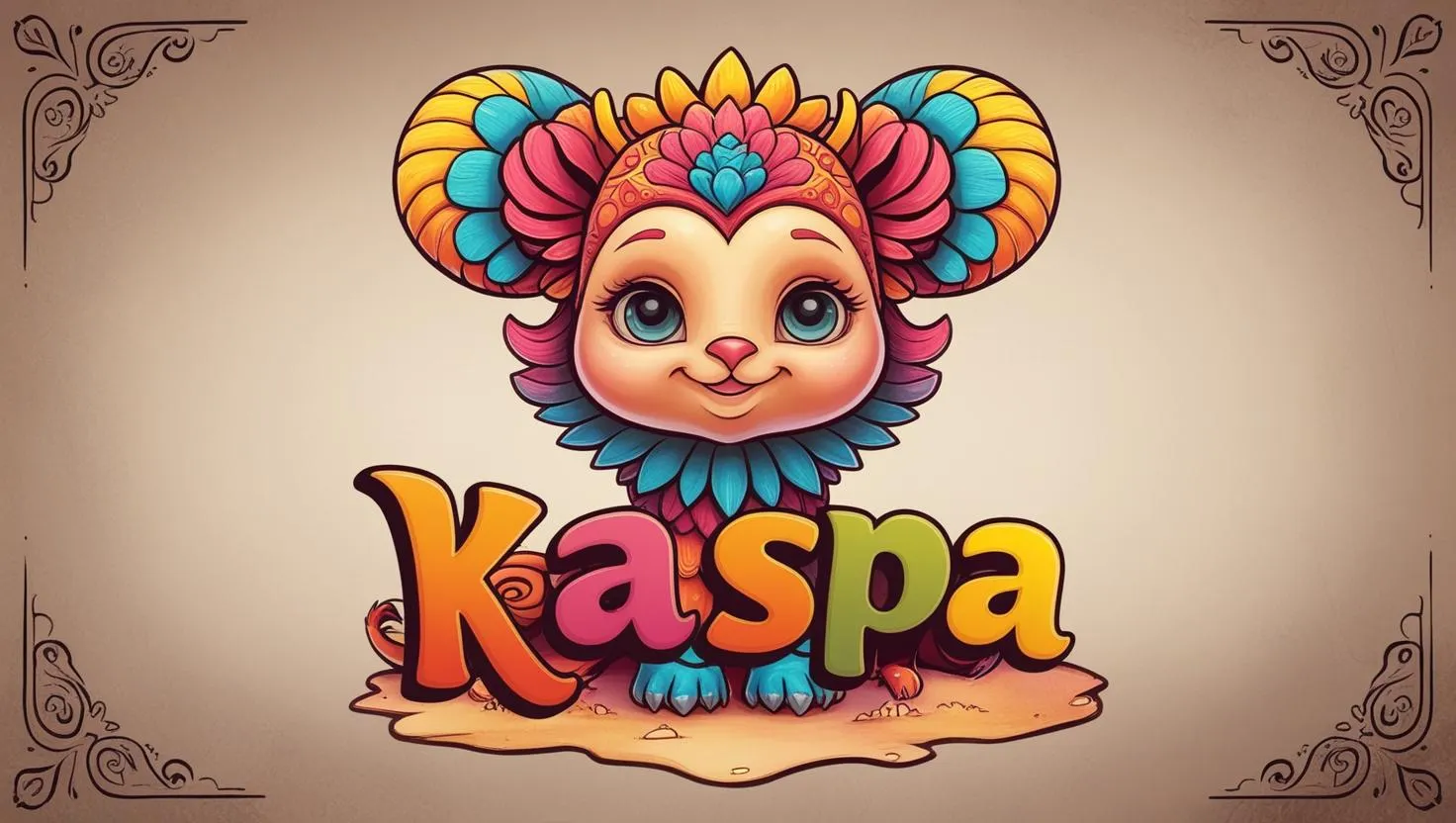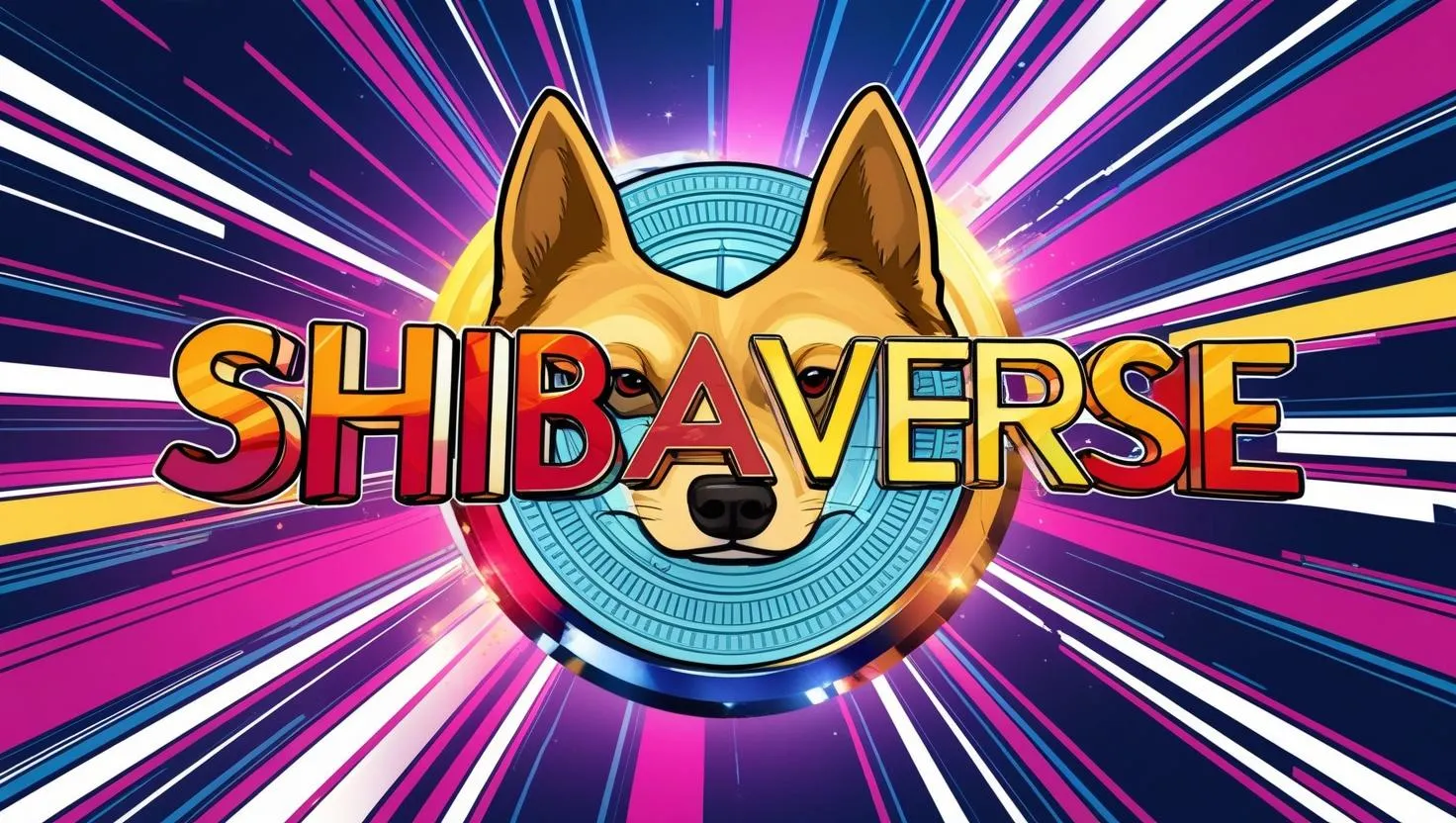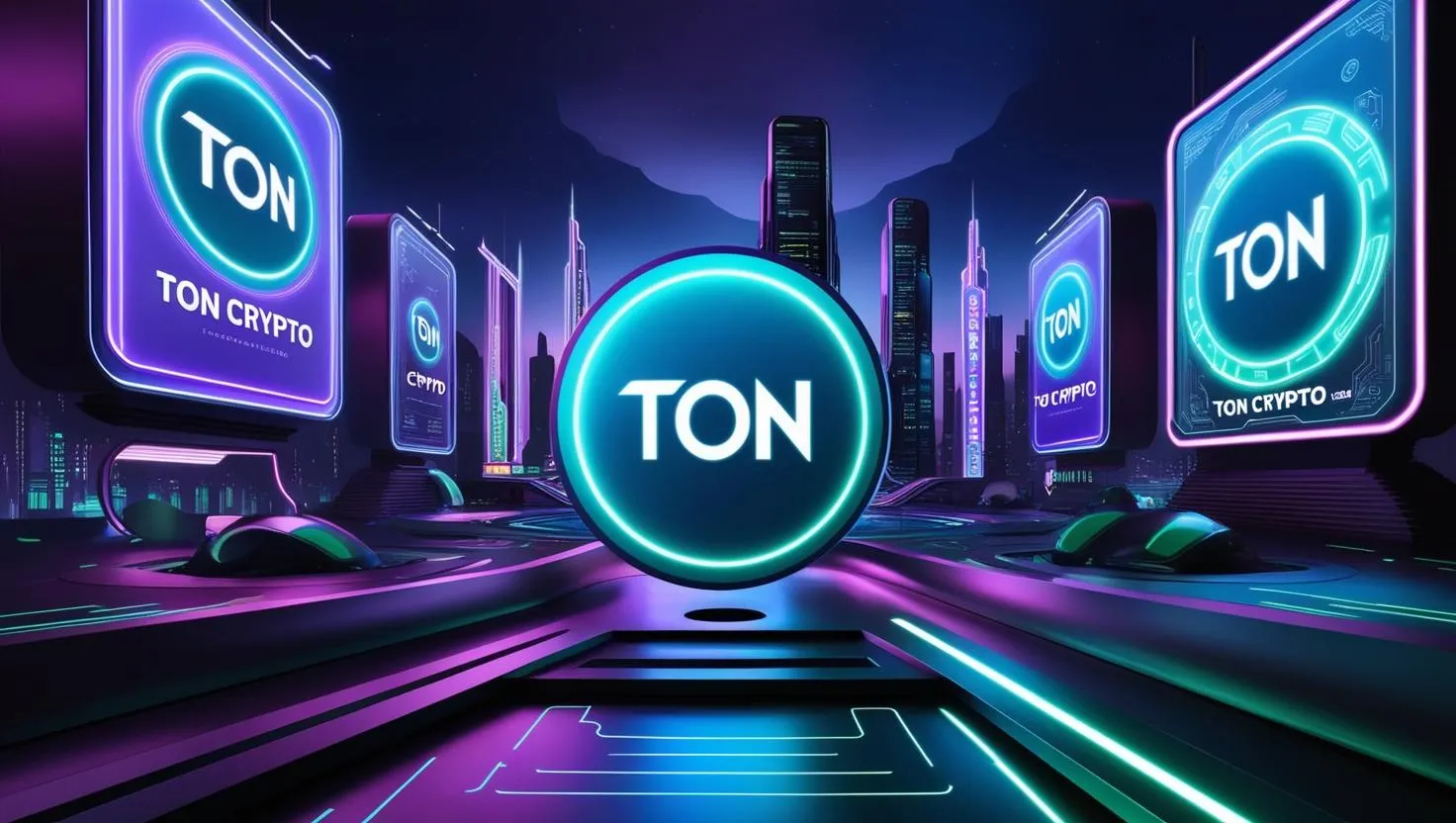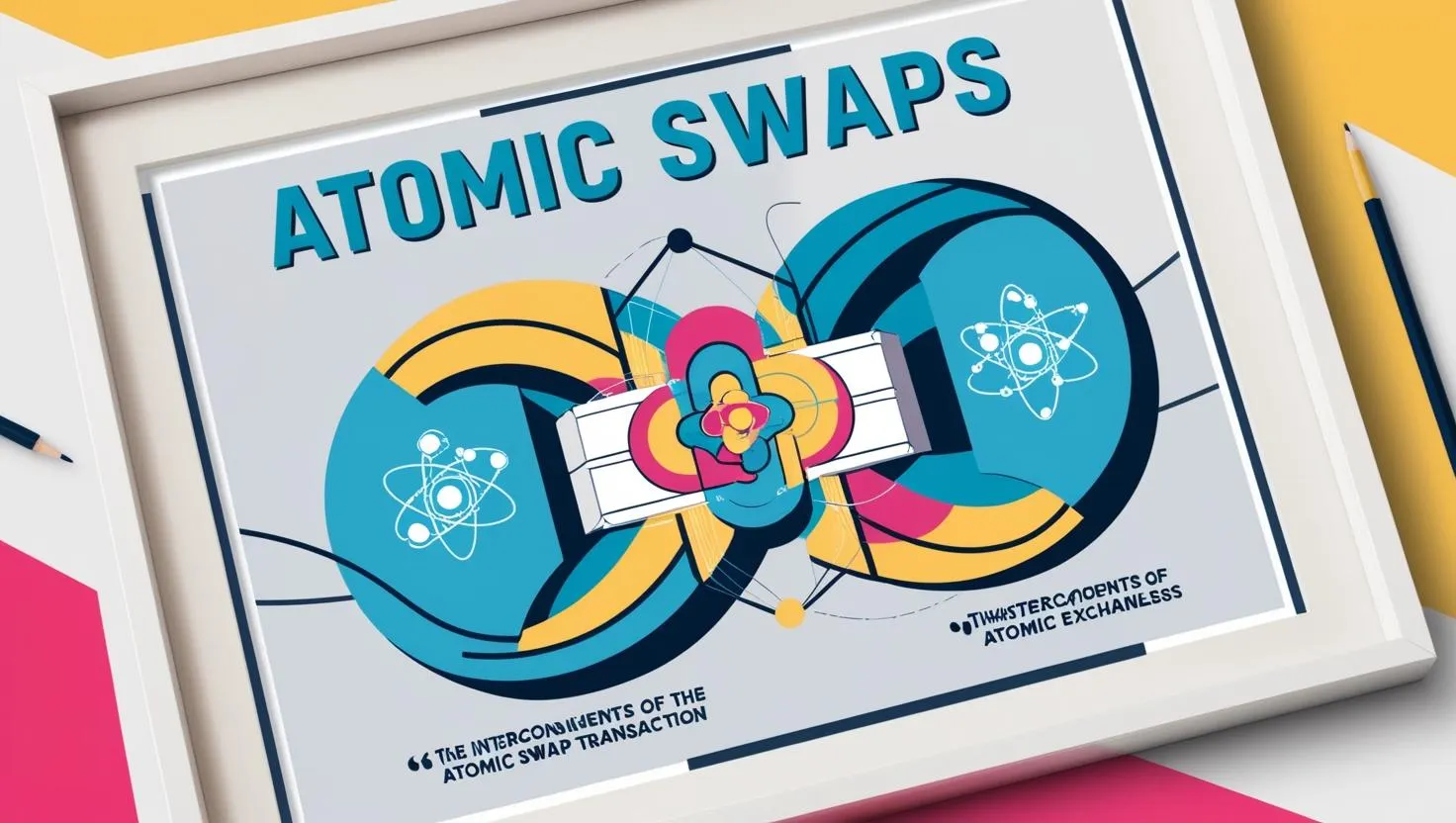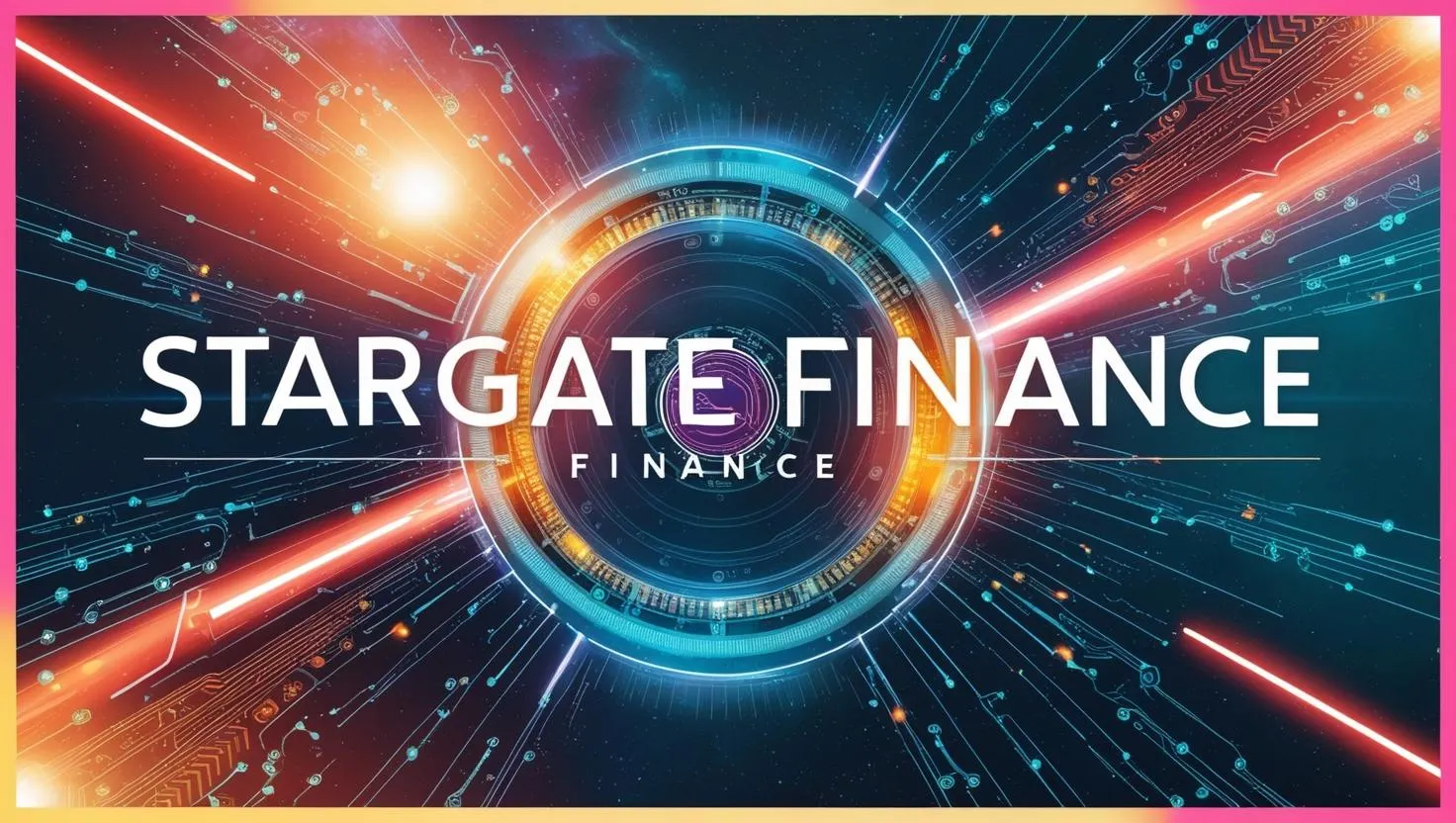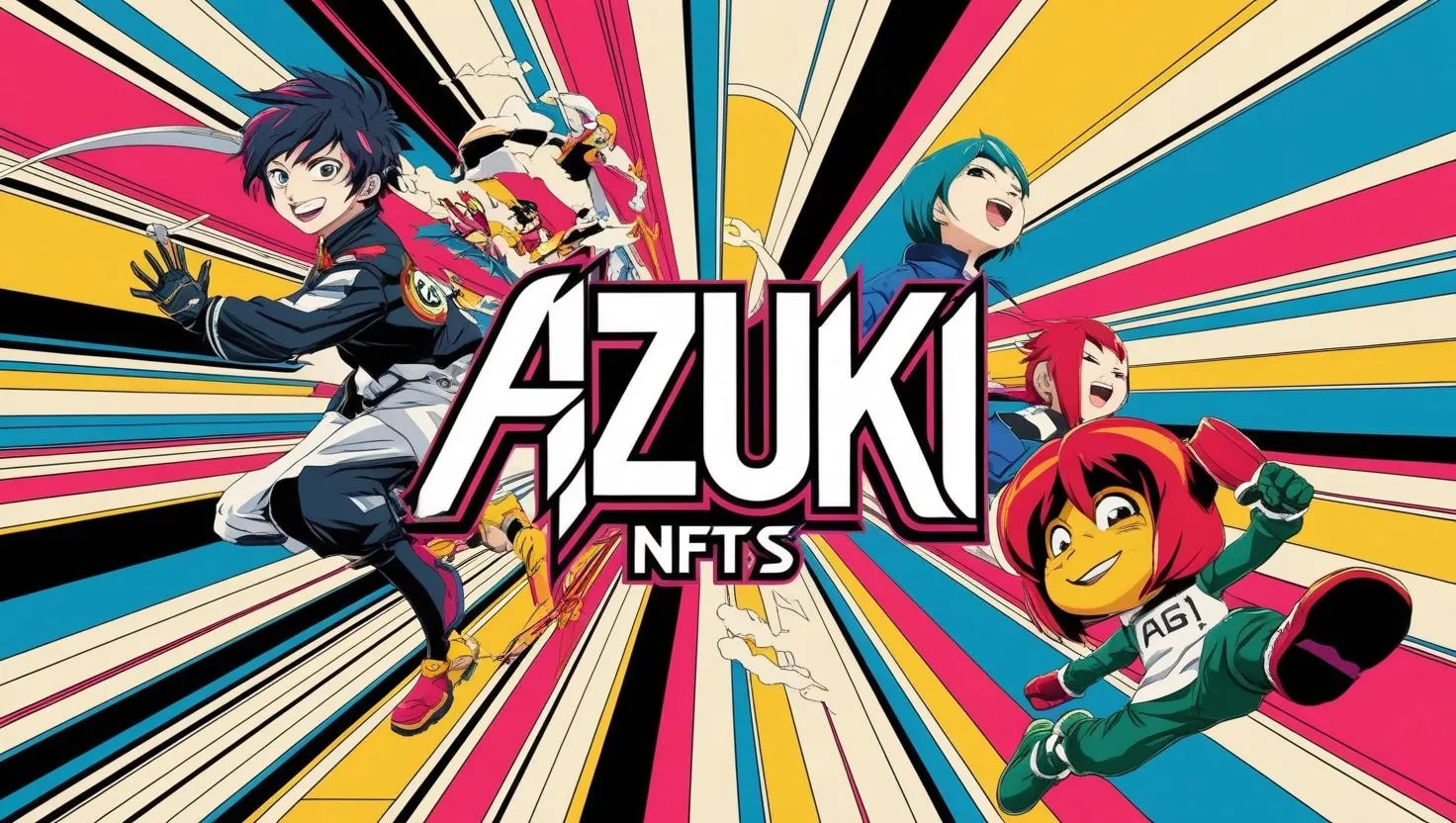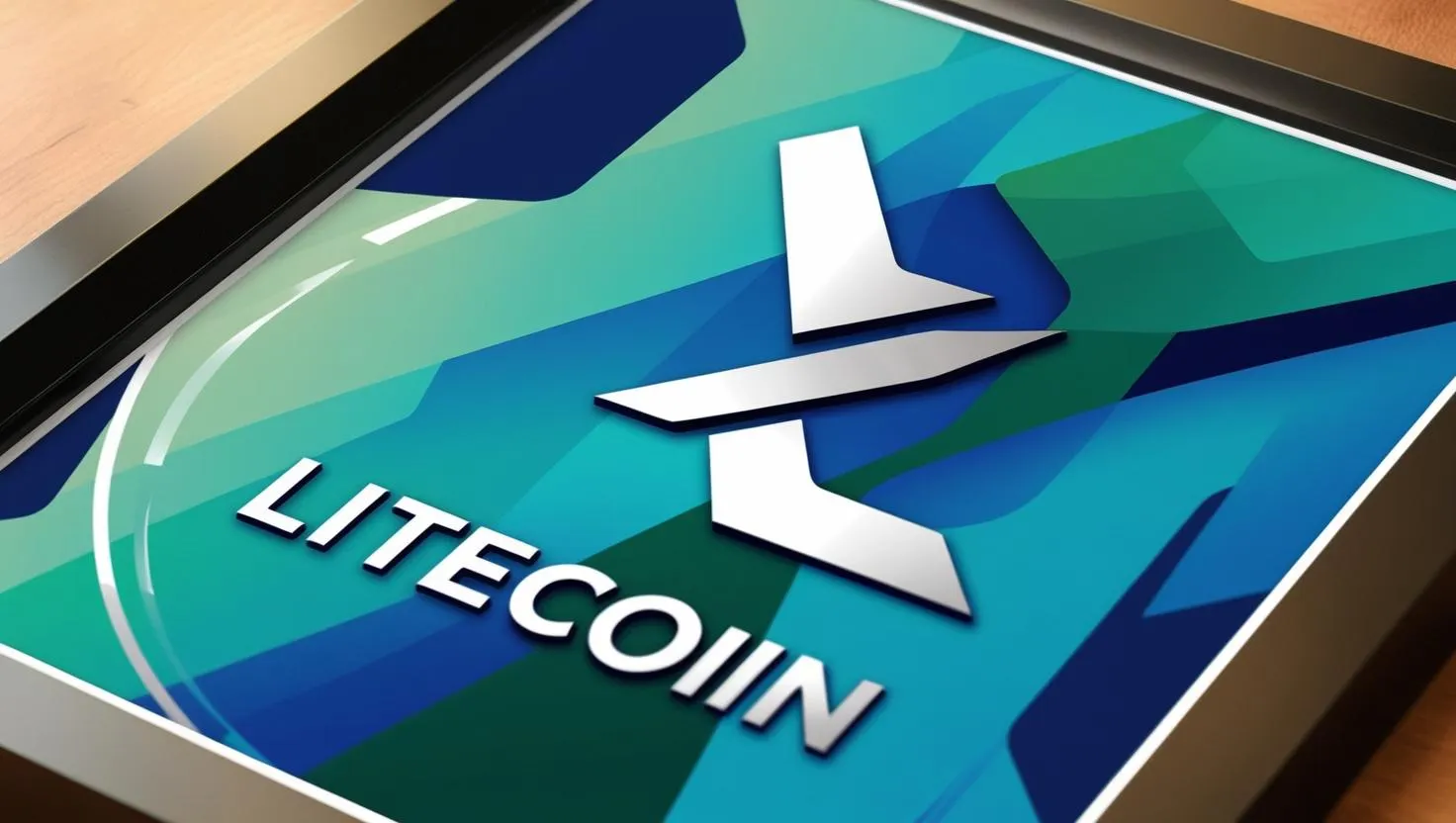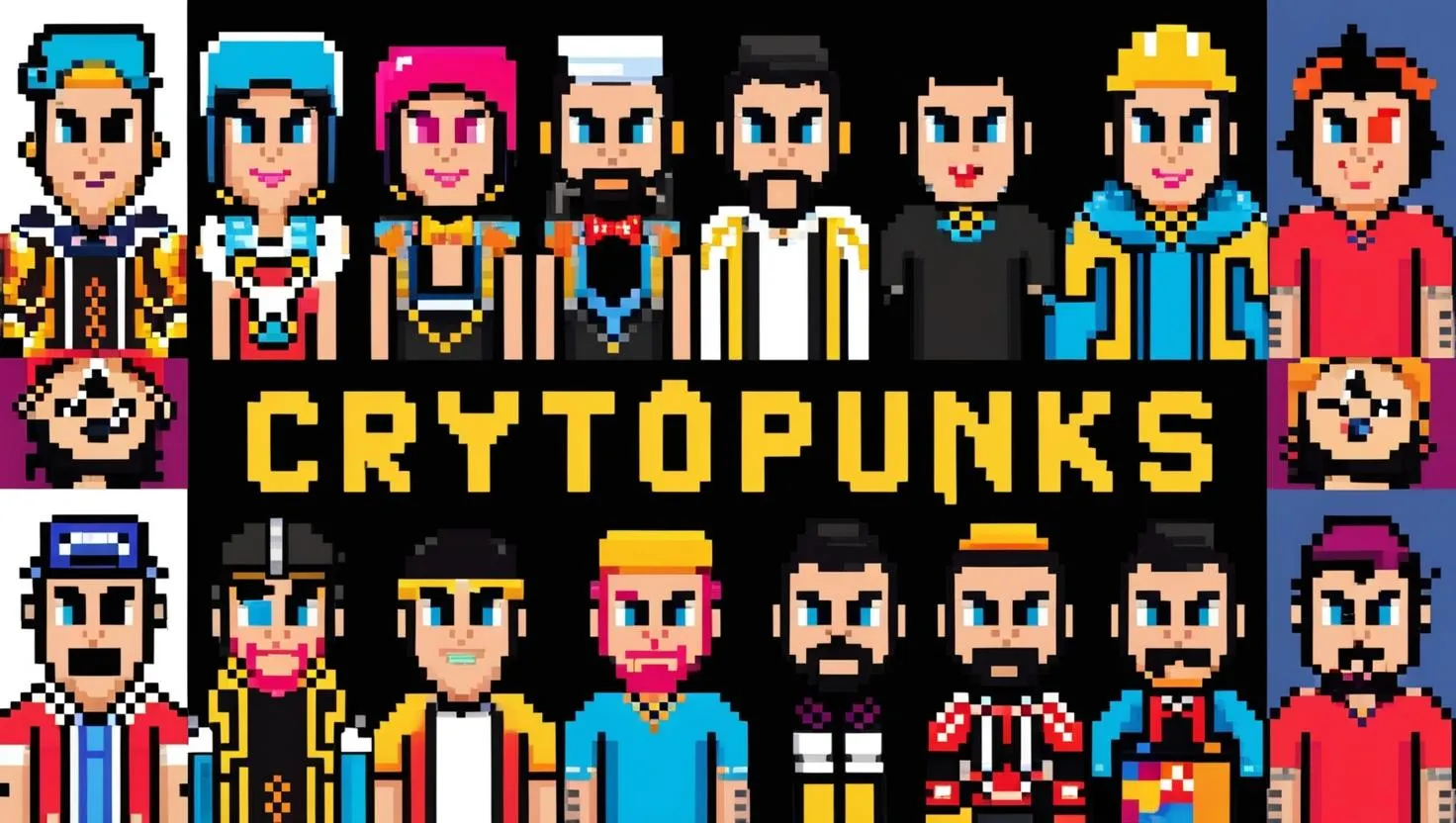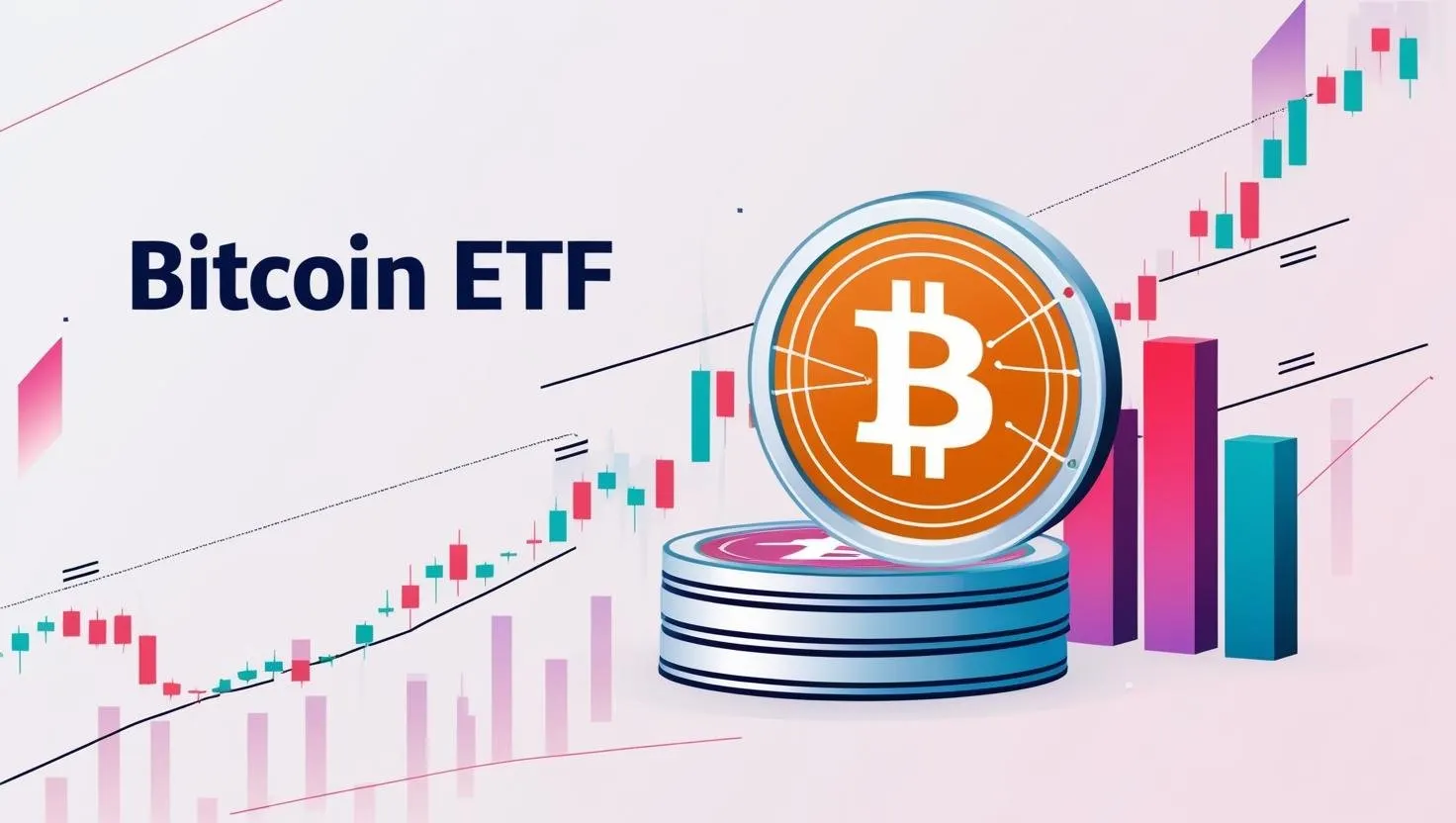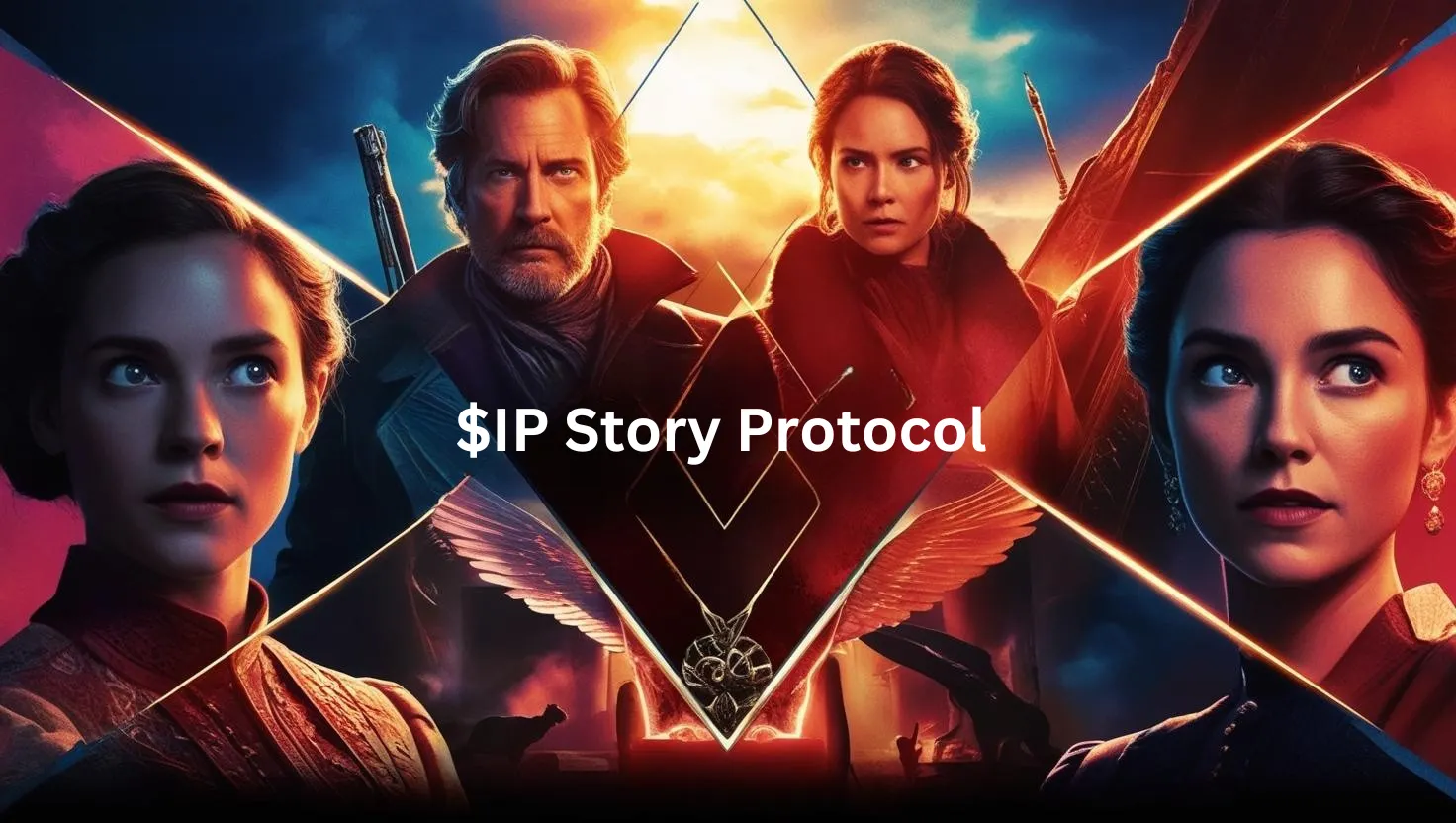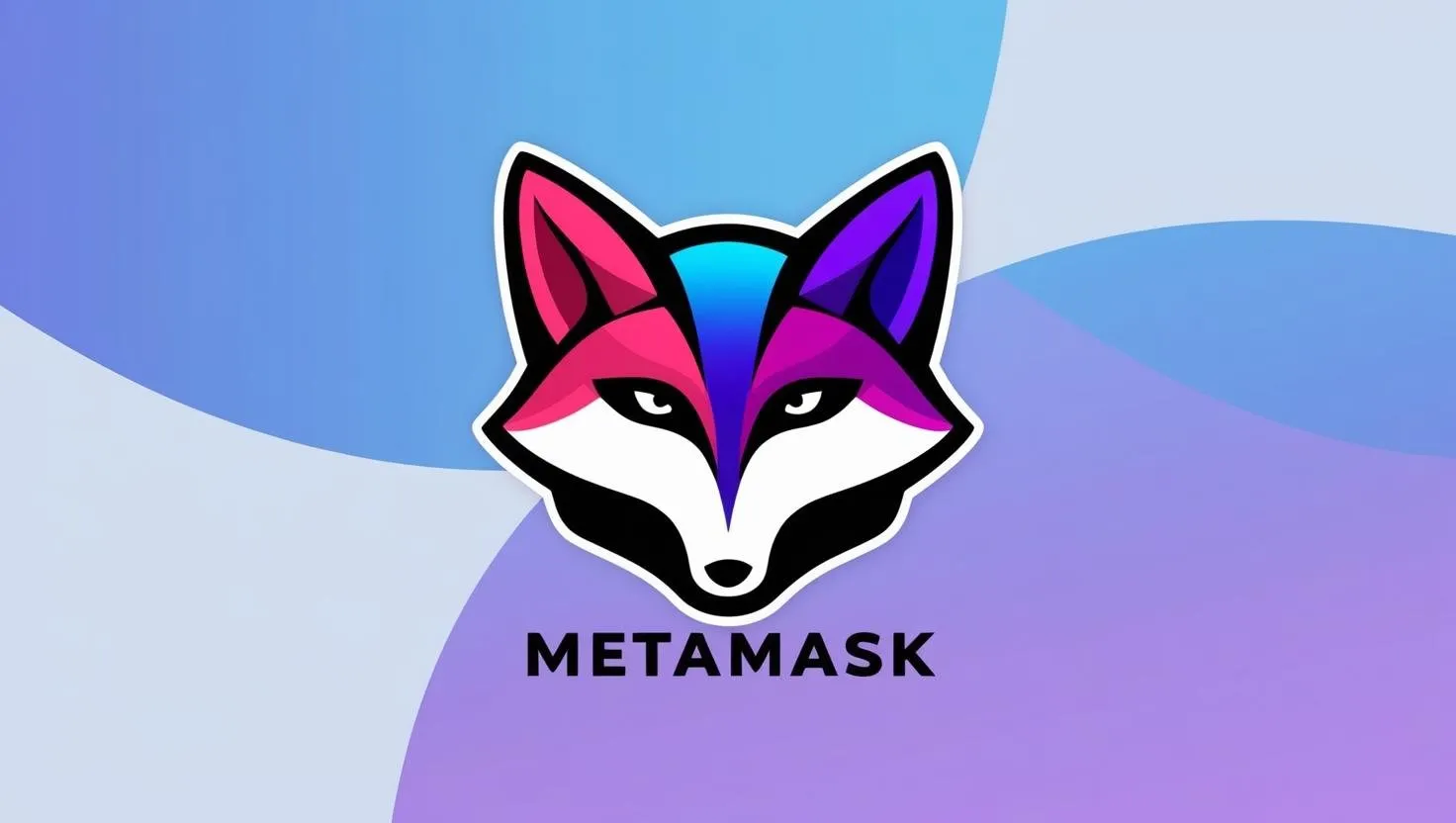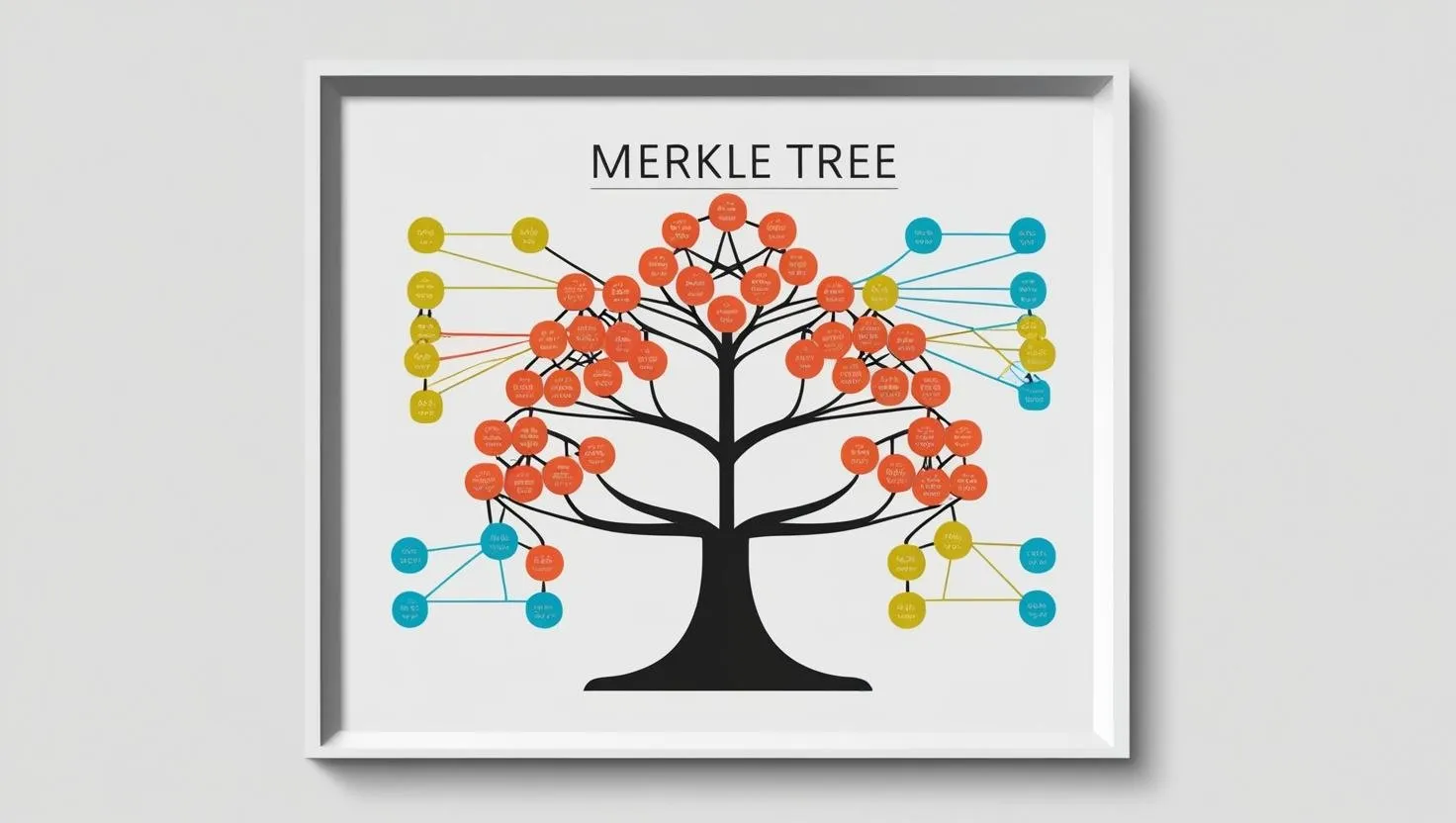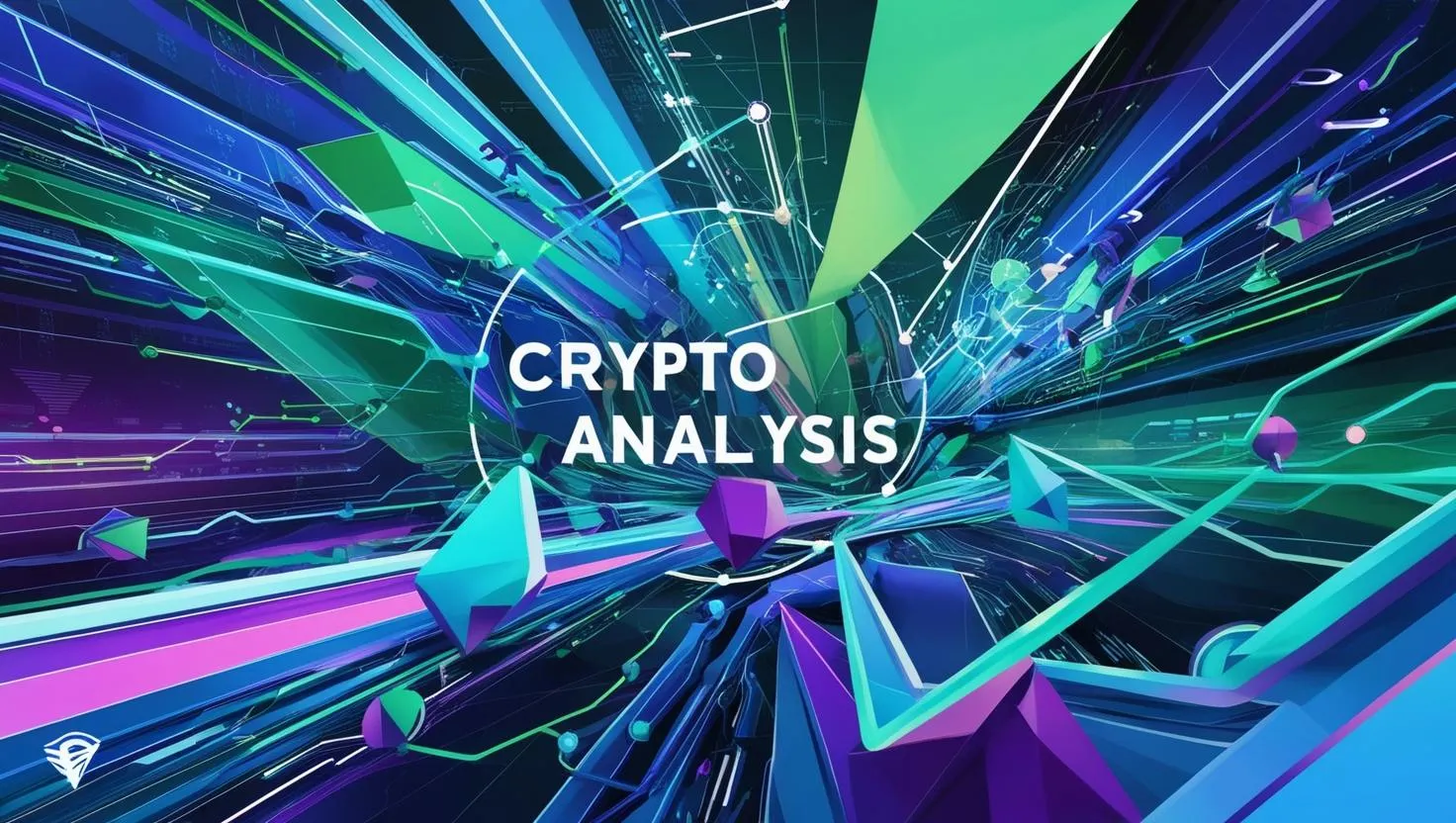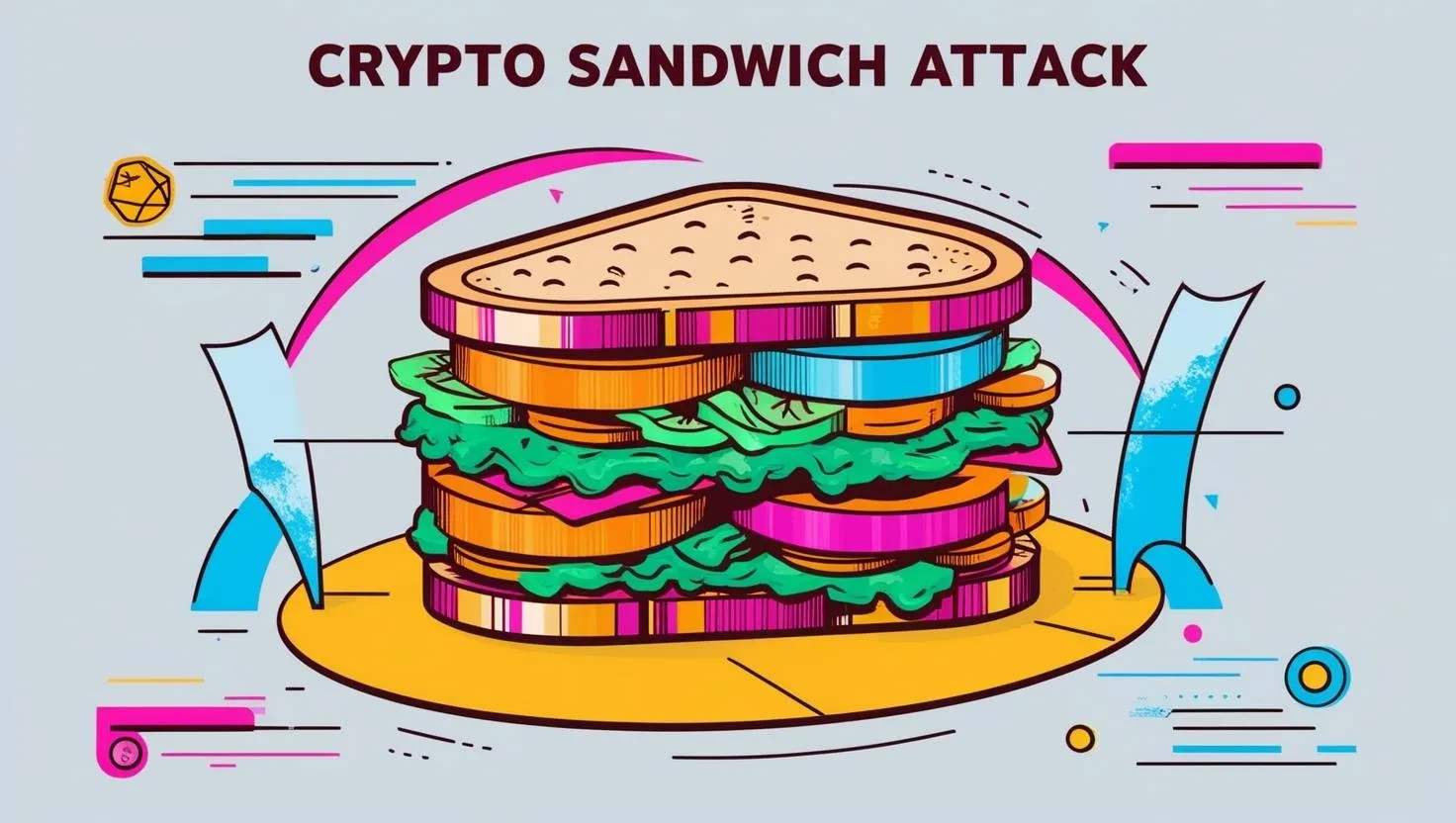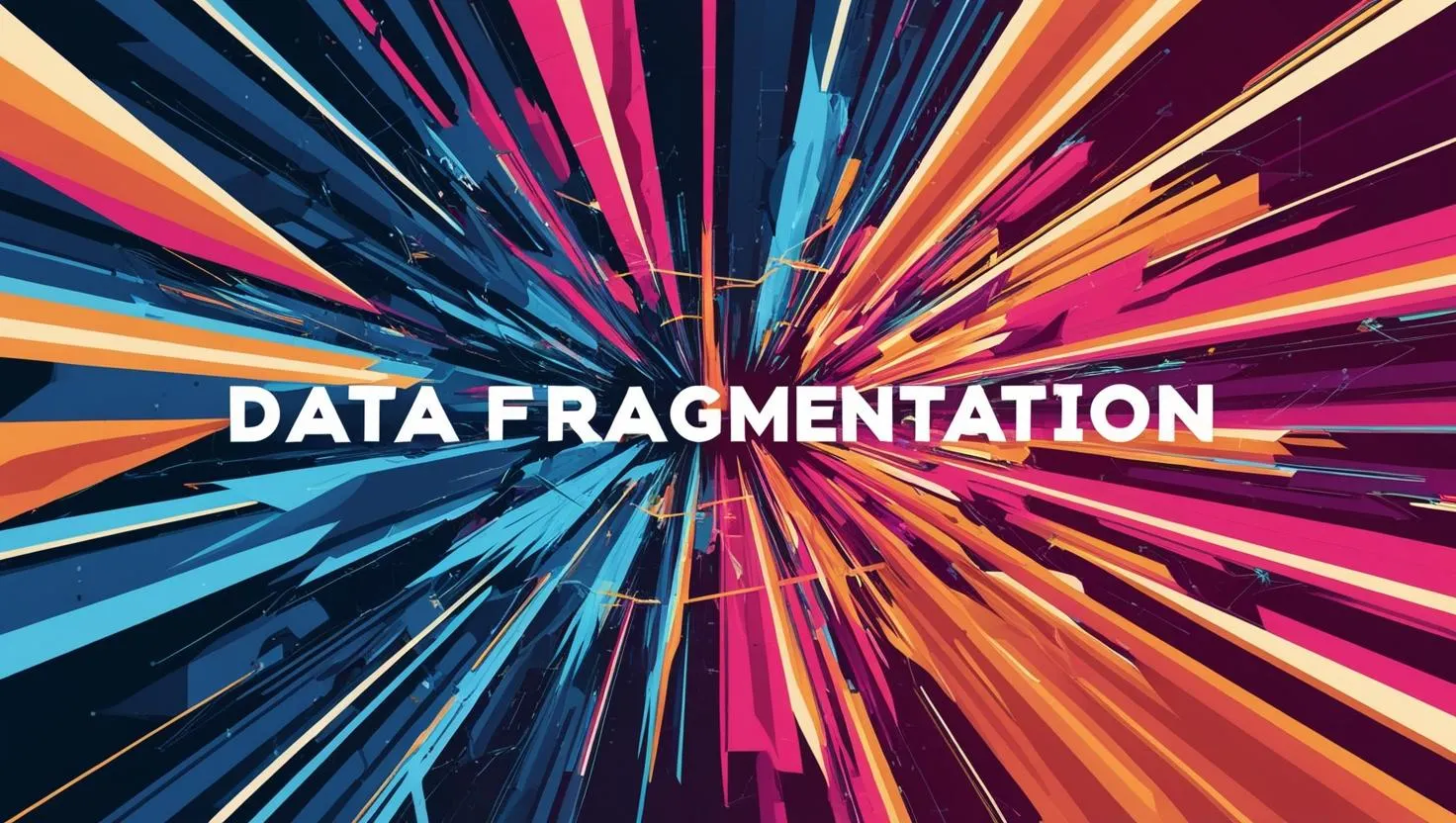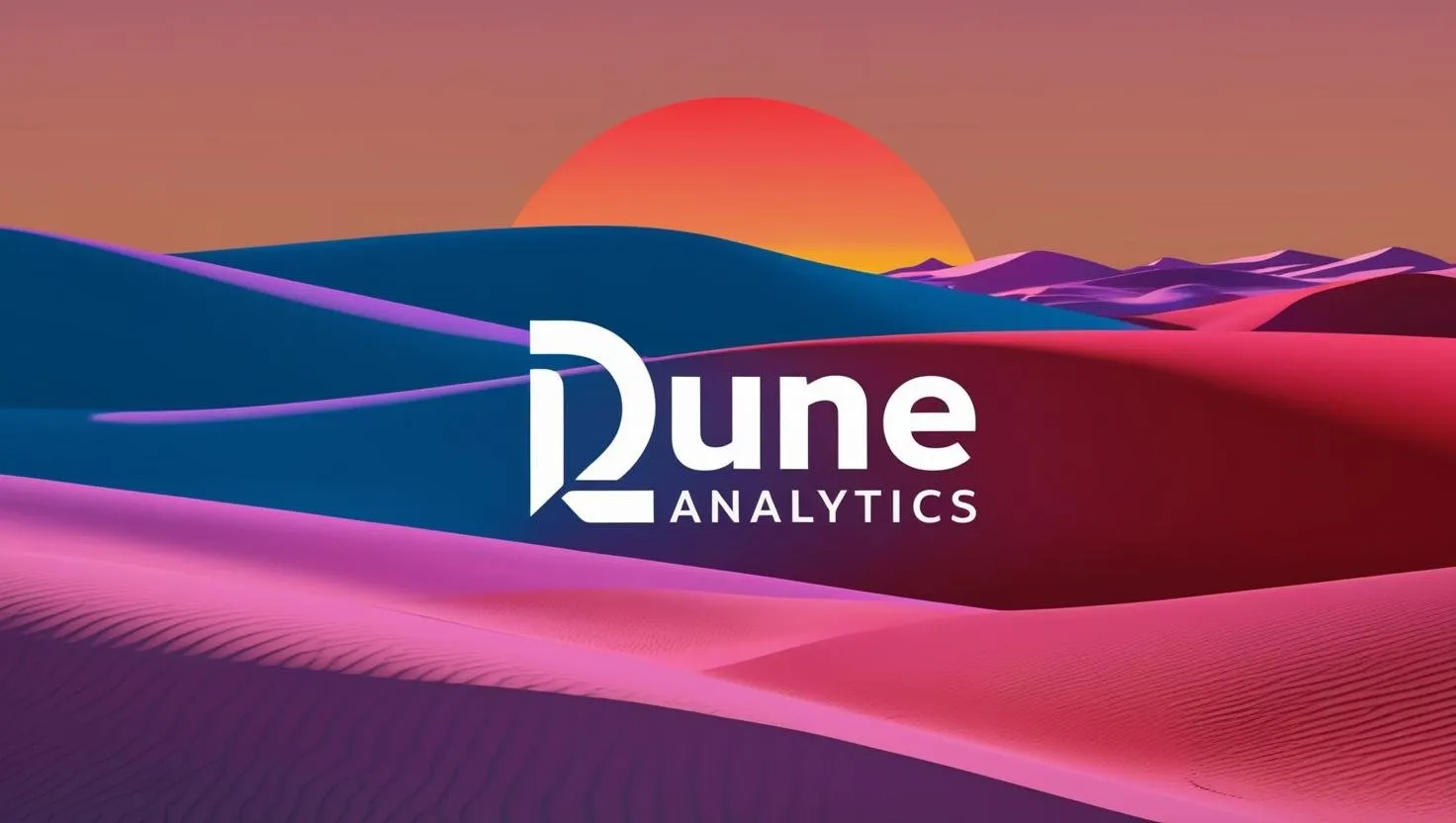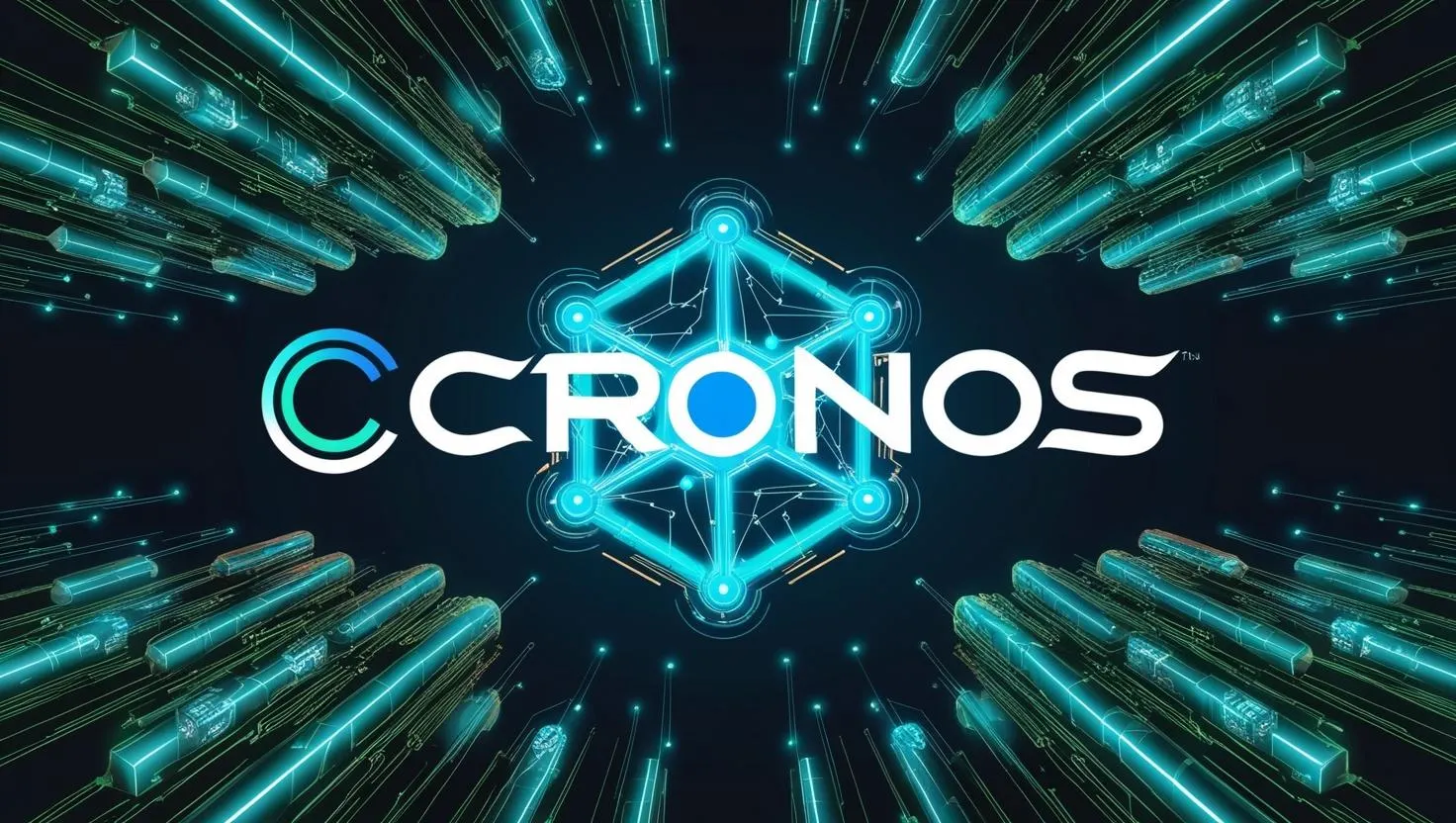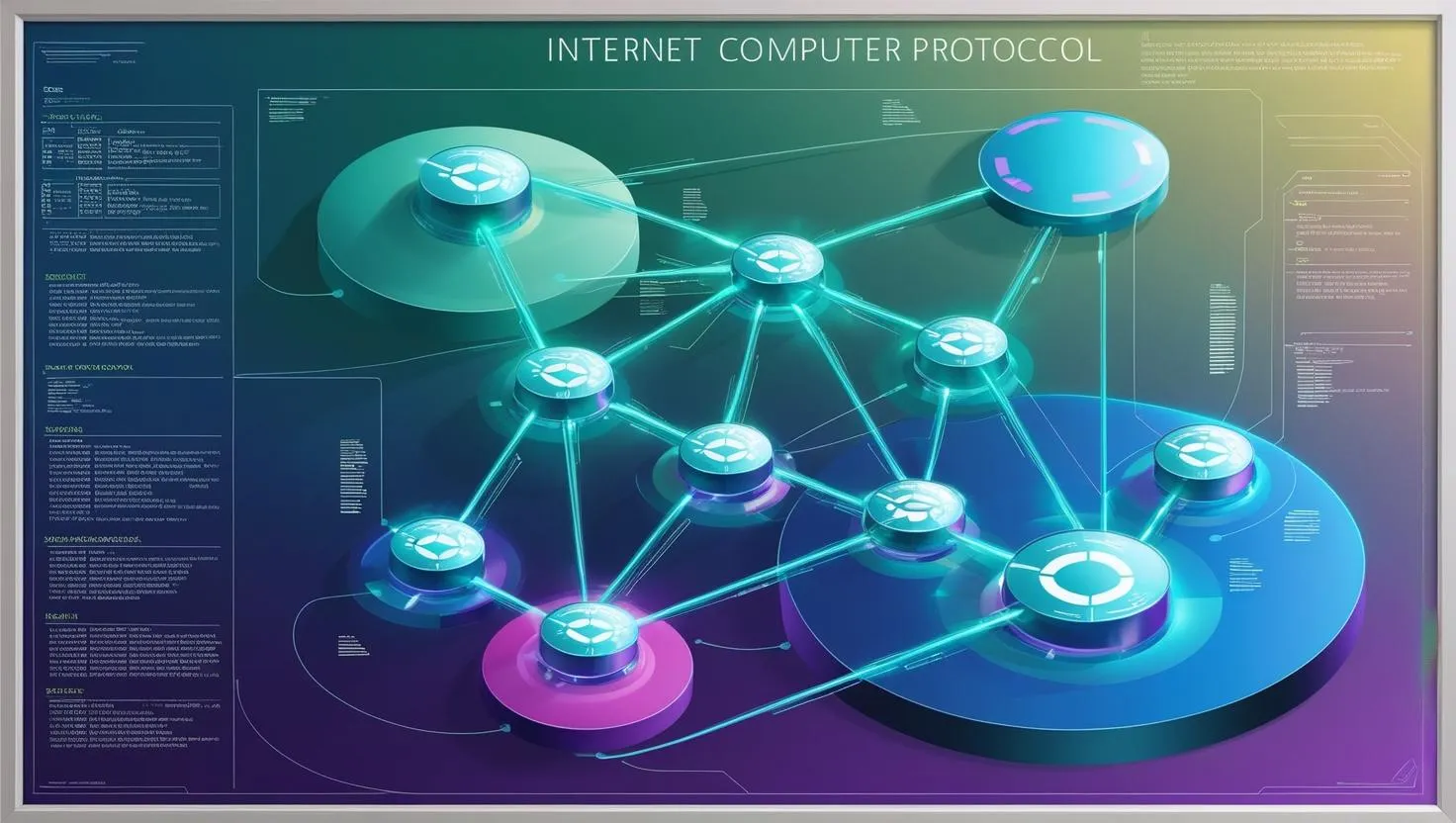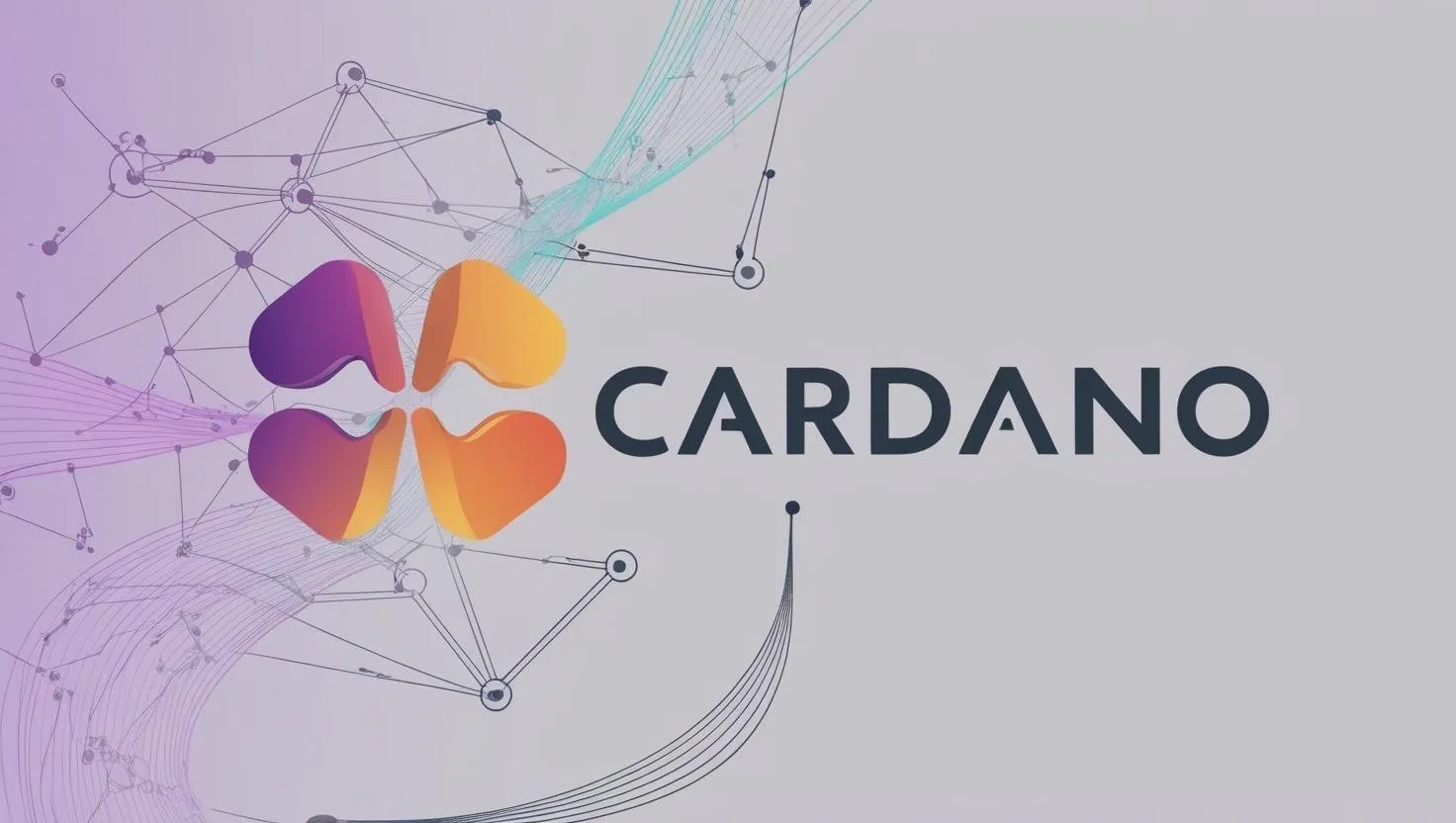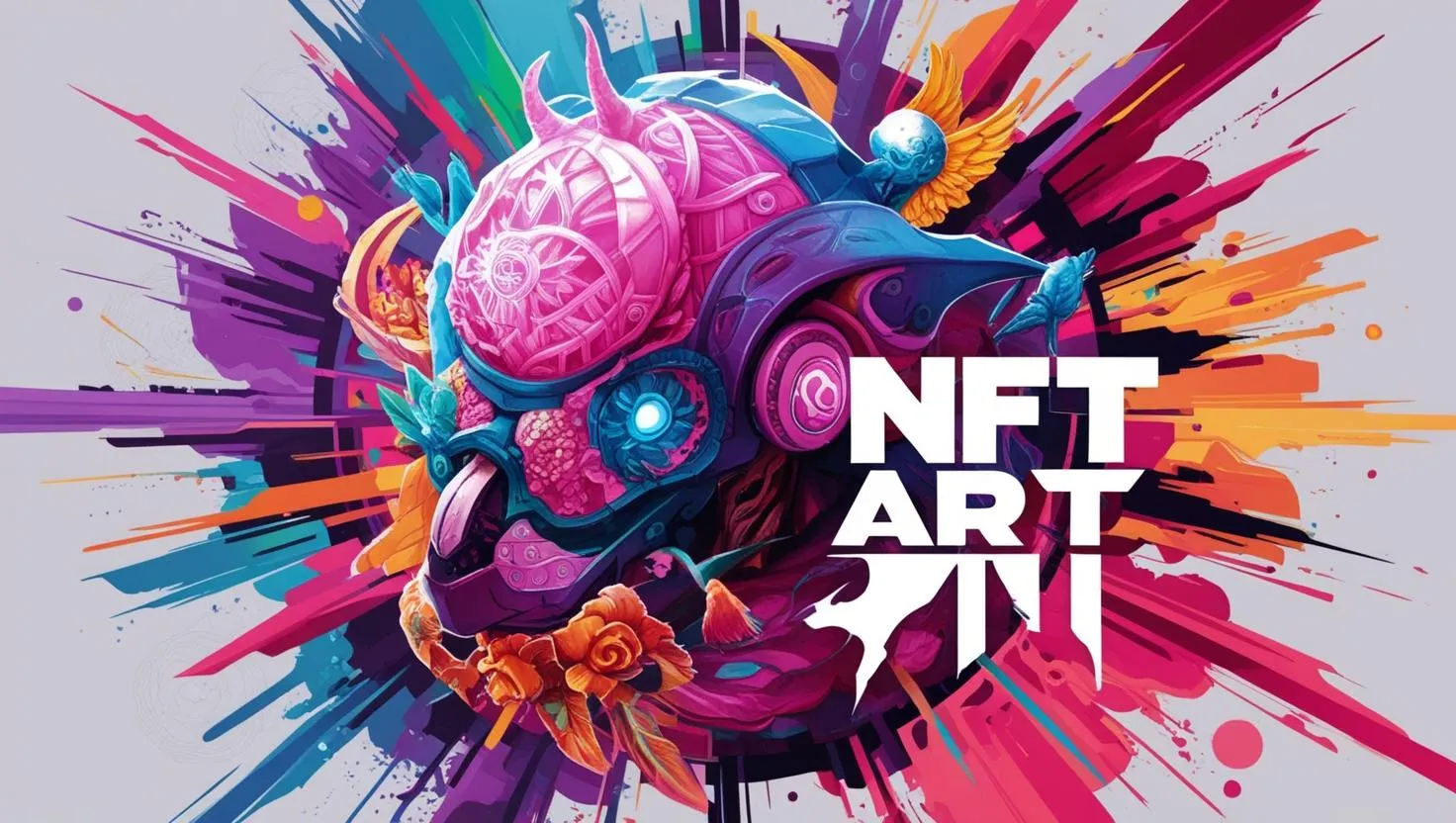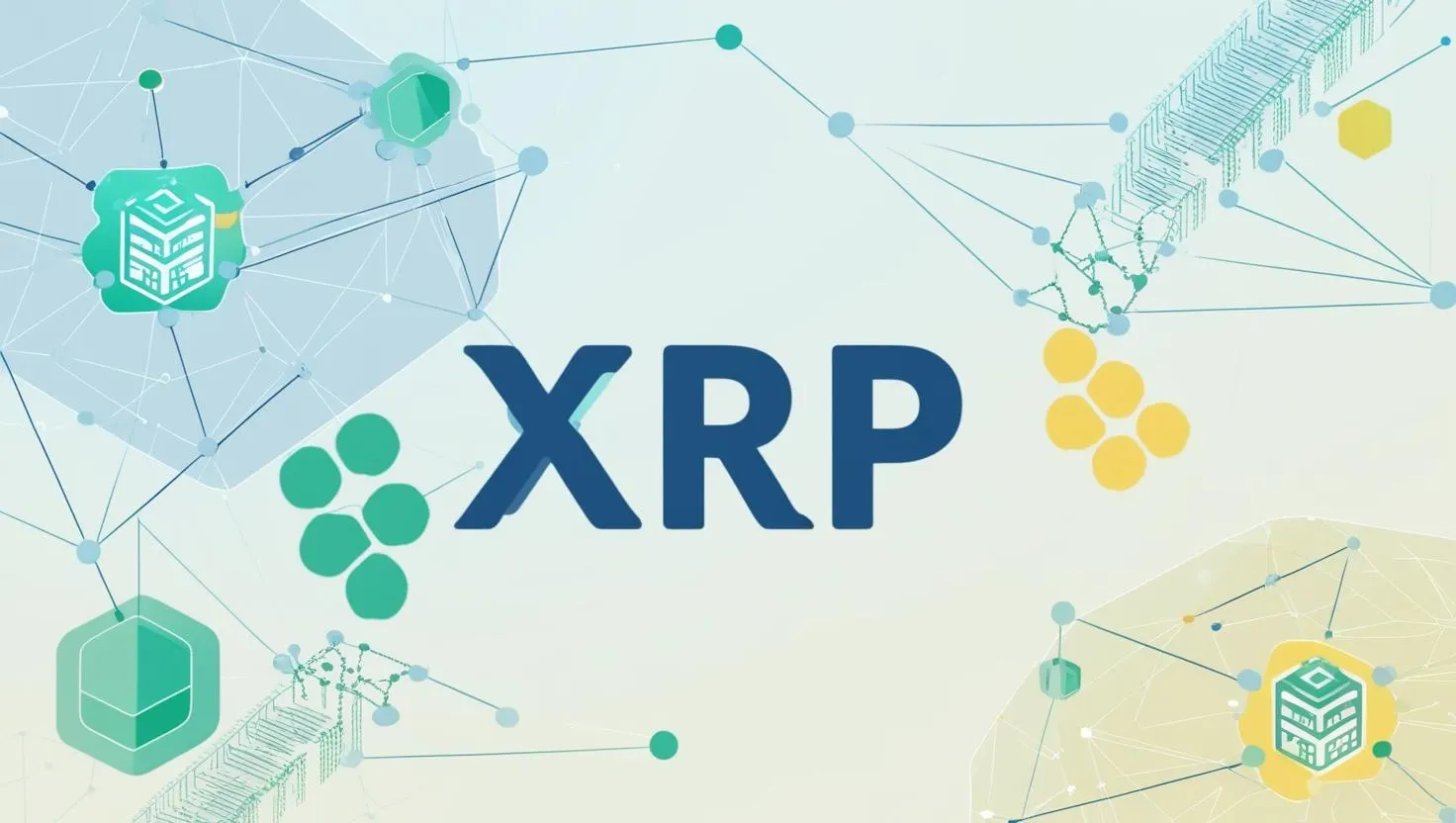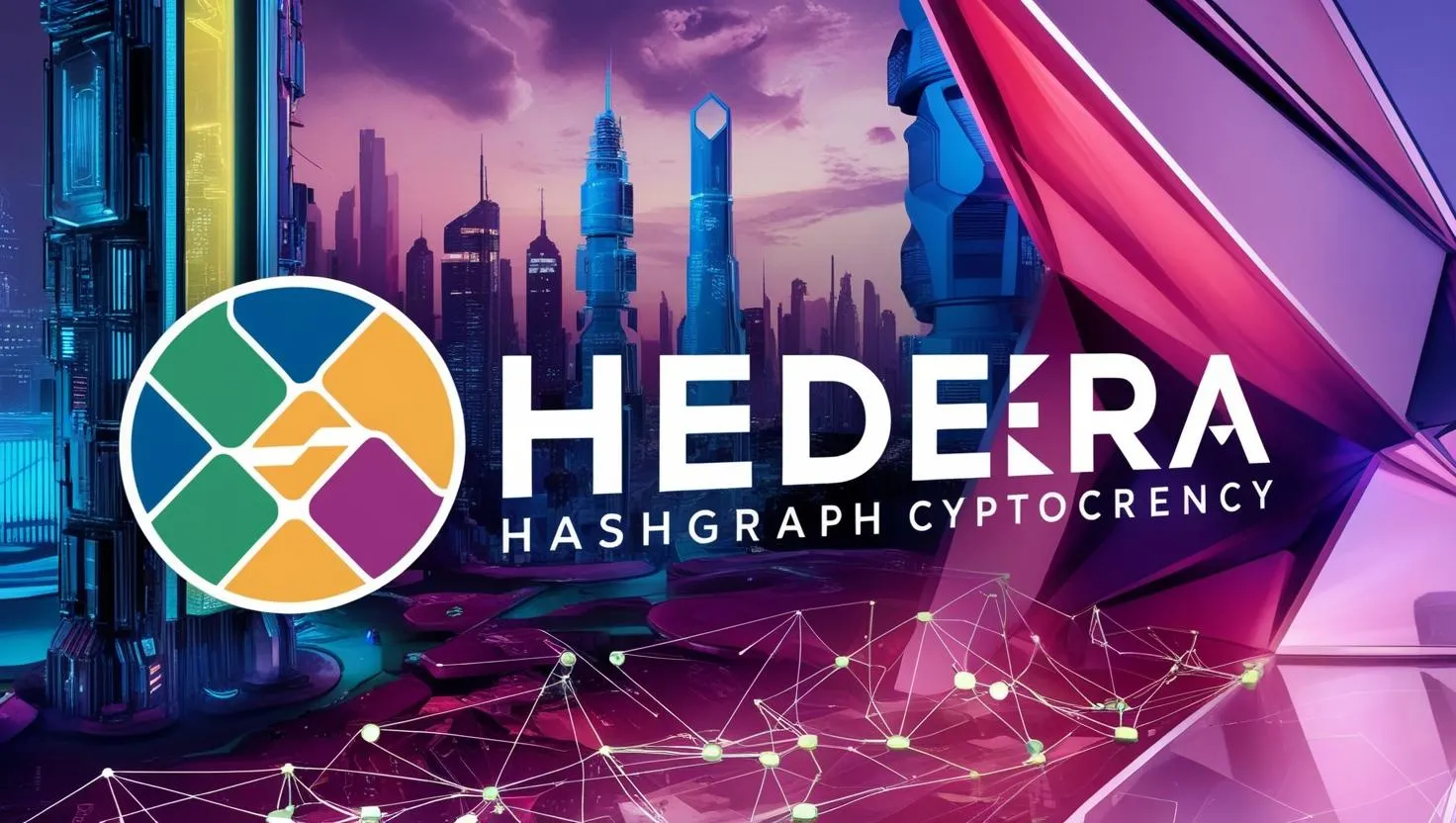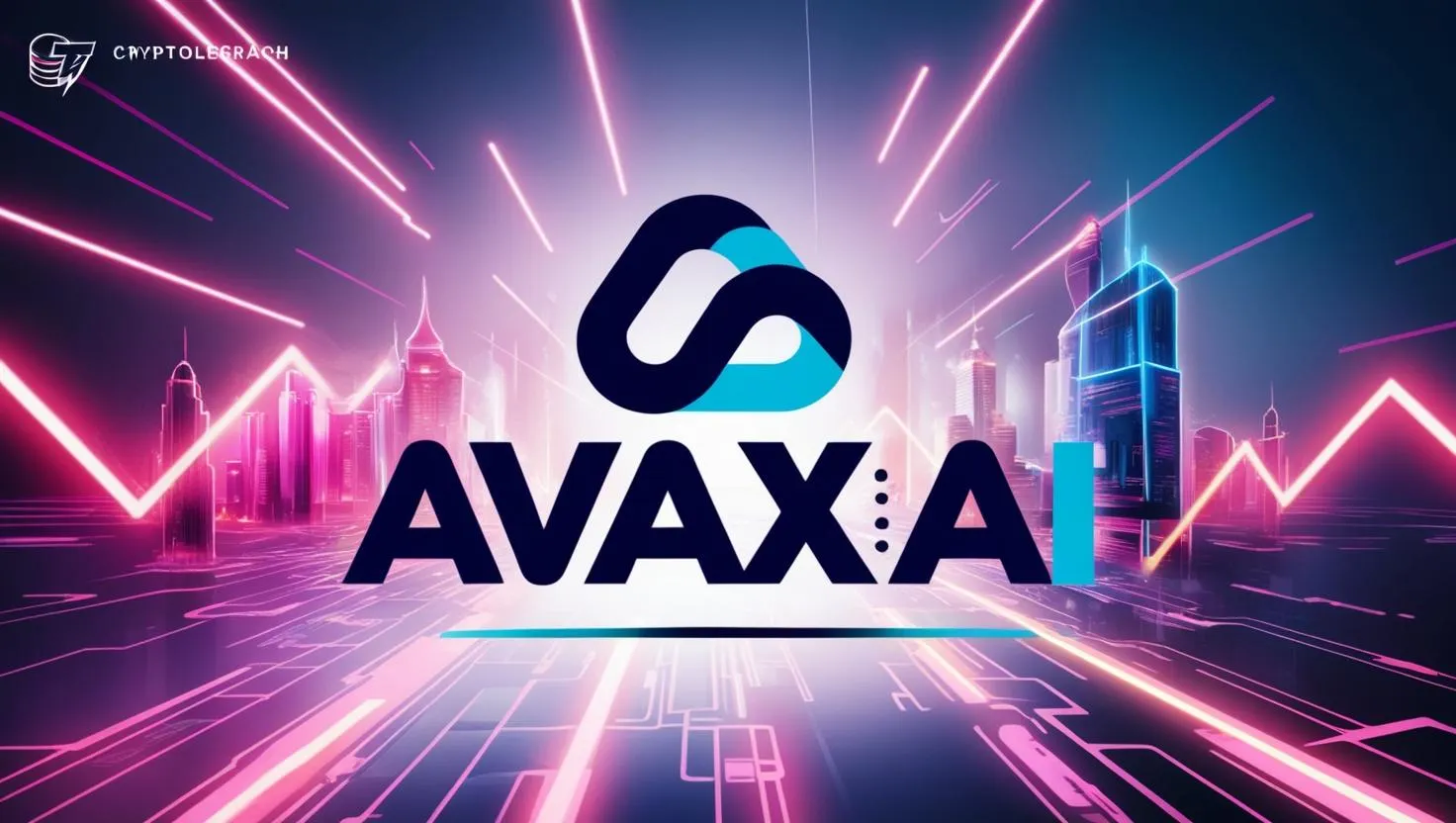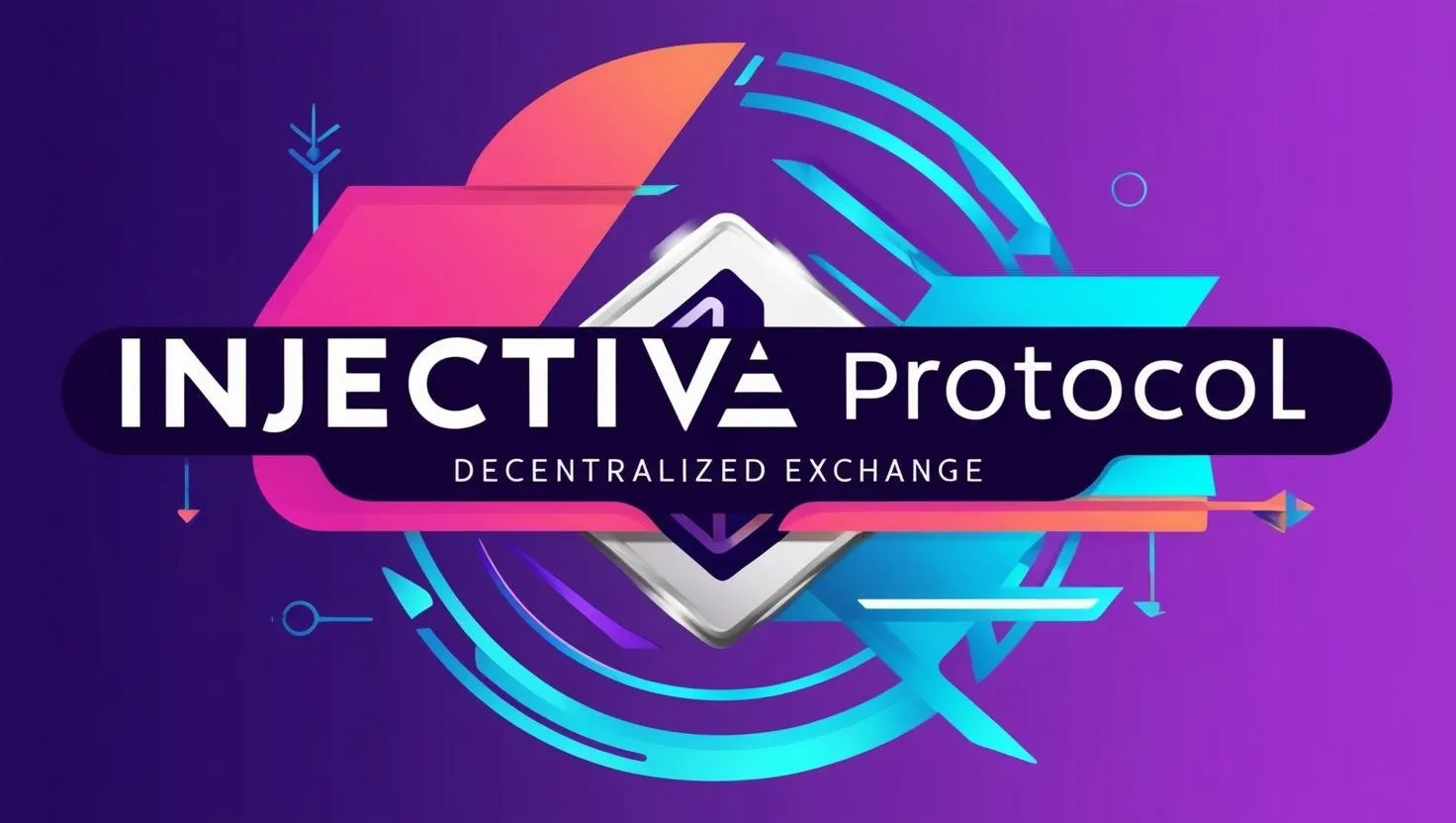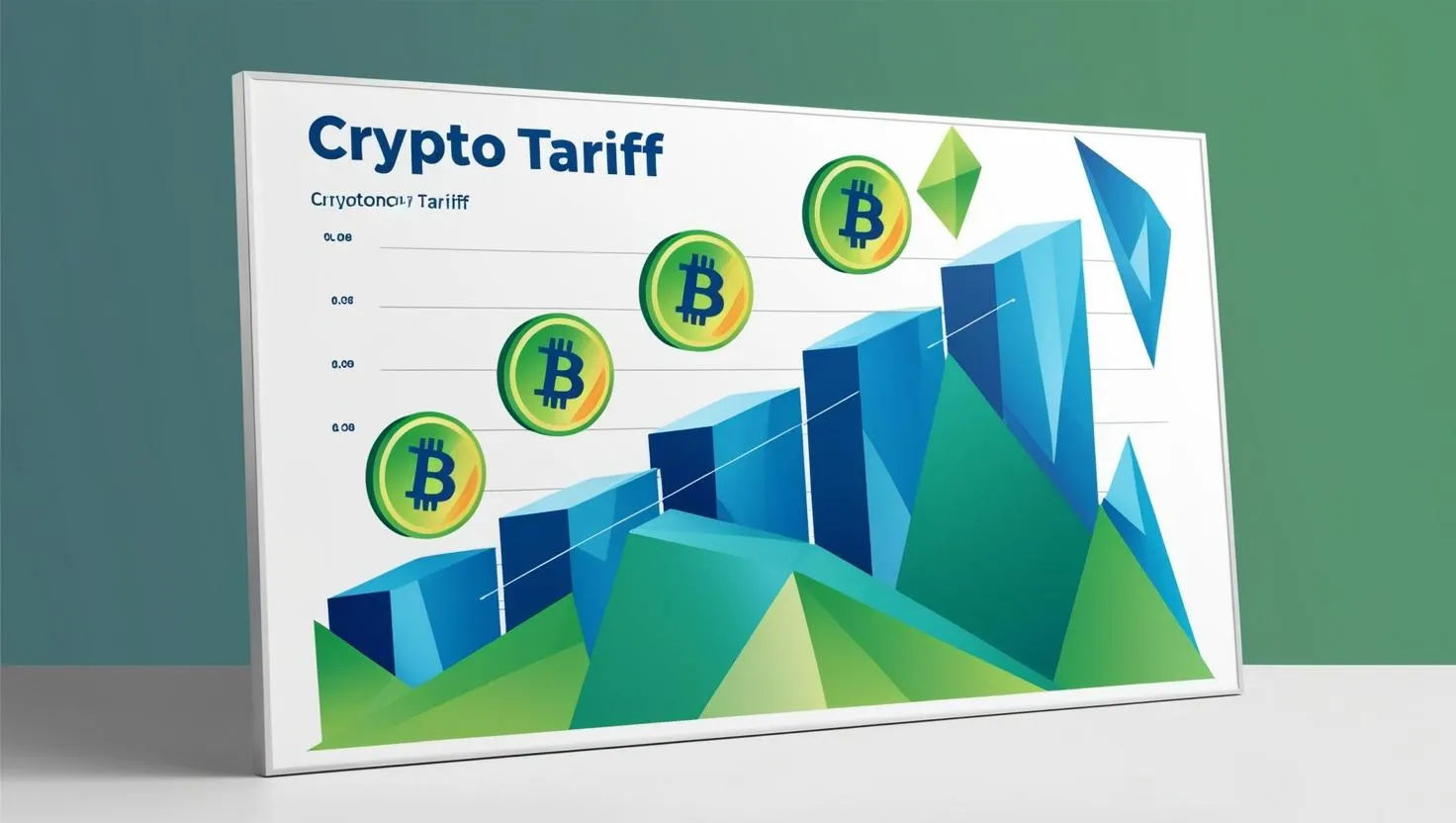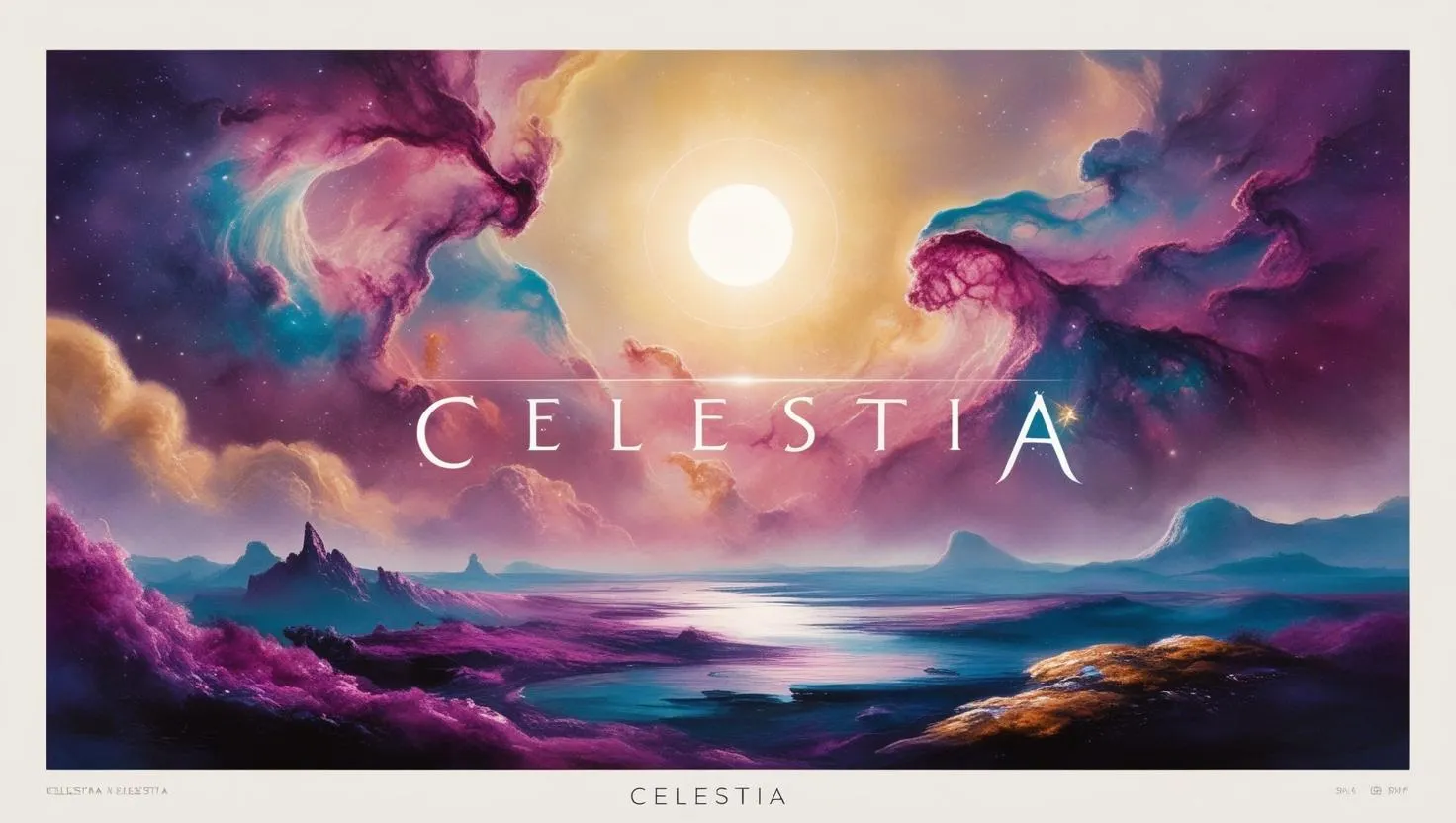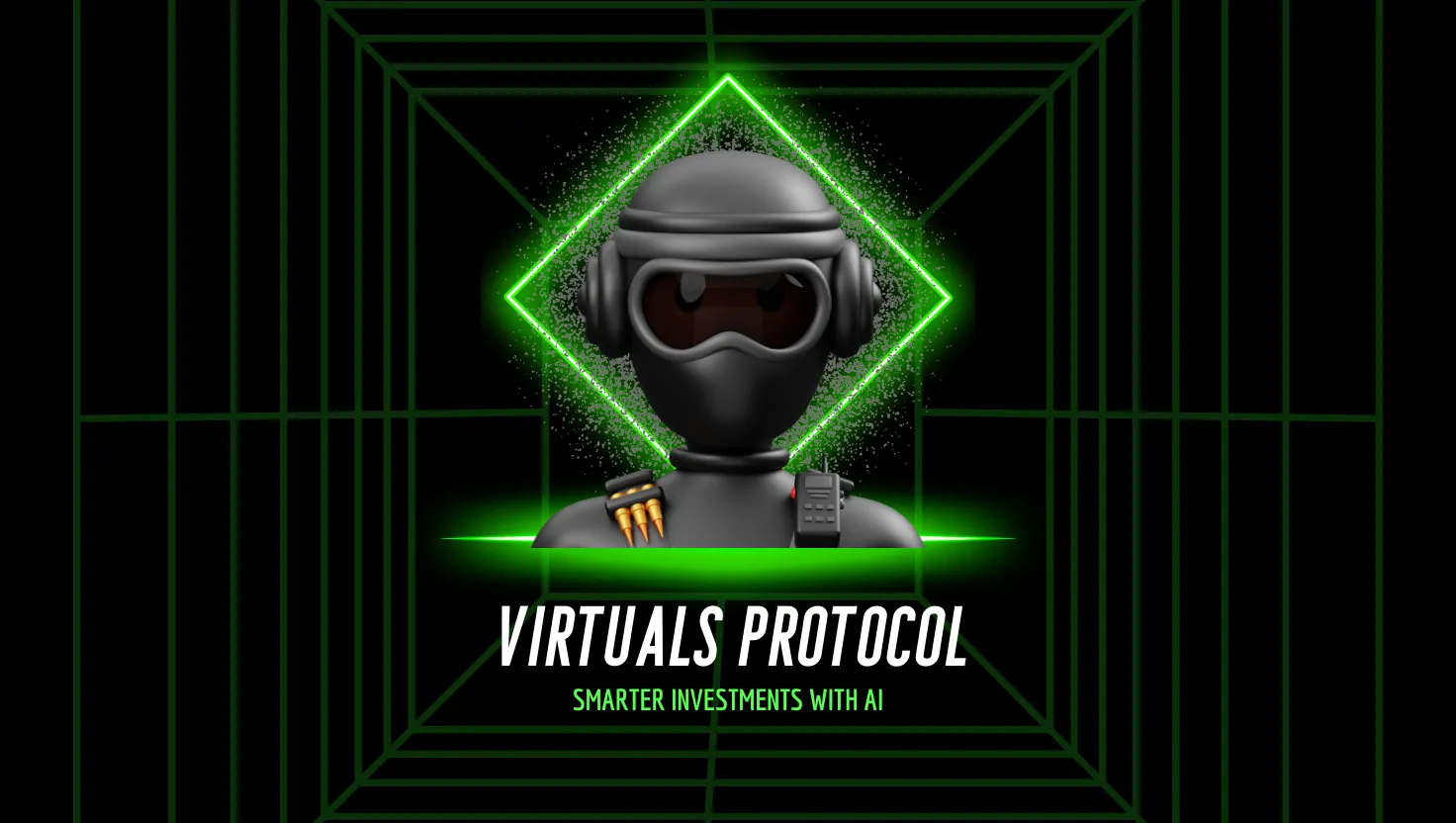Quant (QNT): Revolutionizing Blockchain Interoperability and Your Investment Portfolio?
Key Points
- Research suggests QNT is the native token of Quant Network, focusing on blockchain interoperability.
- It seems likely that QNT powers the Overledger platform, enabling cross-chain communication for enterprises.
- The evidence leans toward QNT having a fixed supply of about 14.6 million, potentially increasing value with demand.
- There is debate around QNT's investment potential due to competition and regulatory uncertainties.
What is Quant (QNT)?
Quant (QNT) is the native token of Quant Network, a company working on blockchain interoperability. This means it helps different blockchains—like Bitcoin and Ethereum—talk to each other, which is crucial for businesses using multiple blockchain systems. QNT is built on the Ethereum blockchain as an ERC-20 token, making it compatible with many wallets and exchanges.
How Does QNT Work?
QNT is used to access Quant’s Overledger platform, which acts like an operating system for blockchains. Developers and enterprises need QNT to pay for licenses and transaction fees to build applications that work across multiple blockchains. For example, a bank might use Overledger to connect its systems with blockchain networks for faster payments.
Market and Investment Potential
As of April 2025, QNT trades around $66 with a market cap of nearly $800 million, ranking among the top 100 cryptocurrencies (CoinMarketCap). Its fixed supply could drive value up if demand grows, but it faces competition from projects like Polkadot and Chainlink. Analysts predict prices could reach $100 by year-end, but crypto is volatile, so invest cautiously.
Survey Note: Detailed Analysis of Quant Token (QNT)
Introduction: A Dive into Blockchain Interoperability
Hey Swami's ! Today, I'm stepping out of my comfort zone of index funds and frugal living to talk about something a bit more... speculative. Yes, I'm venturing into the wild world of cryptocurrencies to discuss a token that's been on my radar: Quant, or QNT.
Now, before you click away thinking this is just another crypto hype piece, let me assure you that I'm approaching this with the same skepticism and critical eye that I apply to any investment opportunity. After all, as Swami's, we know that get-rich-quick schemes are usually too good to be true, and that slow and steady wins the race.
But every now and then, something comes along that piques my interest, and Quant is one of those things. So, let's dive in and see what this token is all about.
What is Quant (QNT)?
Quant is not your average cryptocurrency. While many tokens are focused on being digital money or powering decentralized applications, Quant is tackling a different problem: blockchain interoperability.
Interoperability? Sounds fancy, but what does it mean? Simply put, it's about making different blockchains talk to each other.
Right now, blockchains are like separate countries with their own languages and currencies—they don't easily communicate or exchange value with one another. Quant's Overledger platform aims to be the universal translator and currency exchange all in one, allowing seamless interaction between different blockchains.
Why is this important? Well, imagine if the internet was fragmented, and websites on different servers couldn't link to each other. It would be a mess! Similarly, for blockchain technology to reach its full potential, especially in enterprise settings, there needs to be a way for different blockchains to work together. That's where Quant comes in, and their token, QNT, is the key to accessing this interoperability magic.
QNT is the native utility token of the Quant Network, built on the Ethereum blockchain as an ERC-20 token. This means it follows certain standards that make it compatible with a wide range of wallets and exchanges, such as MetaMask, Ledger, or Trust Wallet.
According to the official Quant website (Quant Network), they are pioneers in distributed ledger technology and champions of interoperability, providing solutions for financial institutions and enterprises to build the blockchain economy.
How Does QNT Work?
The main purpose of QNT is to provide access to the Overledger platform. Think of Overledger as an operating system for blockchains—it allows developers to build applications that can interact with multiple blockchains simultaneously.
To use Overledger, you need QNT to pay for licenses and transaction fees. For example, enterprises might lock up a certain amount of QNT annually to access Overledger's features, creating demand for the token.
This mechanism is crucial because it ensures that users are committed to the ecosystem, and every transaction or data transfer across blockchains via Overledger involves a small fee in QNT. This utility-driven model is what sets QNT apart from many other cryptocurrencies that rely on speculation rather than practical use cases.
Economic Model and Supply
One thing that makes QNT interesting from an investment perspective is its fixed supply. There are only about 14.6 million QNT tokens in existence, and no more will be created. This scarcity can be beneficial if demand increases, as it could lead to price appreciation. The demand is driven by the need for QNT to access Overledger's services, particularly as more businesses adopt blockchain interoperability solutions.
However, it's also important to note that the value of QNT is closely tied to the adoption of Overledger. If the platform doesn't gain traction, the demand for QNT might not materialize as expected. As of April 2025, according to CoinMarketCap, the circulating supply is around 12 million, with a market cap of nearly $800 million, and the token is trading at approximately $66.
Use Cases and Real-World Applications
Quant isn't just a theoretical concept; it has real-world applications that could drive its adoption. For example, in the financial sector, banks could use Overledger to connect their legacy systems with blockchain networks for faster and more secure cross-border payments.
A specific example is their involvement in the Rosalind Project, a collaboration with the Bank for International Settlements and the Bank of England, exploring the use of central bank digital currencies (CBDCs) (Rosalind Project).
In supply chain management, companies could track goods across multiple blockchains, ensuring transparency and efficiency. For instance, a manufacturer might use a private blockchain for internal processes and a public blockchain for customer-facing interactions, with Overledger facilitating the data exchange between them.
Healthcare is another area where interoperability is crucial, enabling secure data sharing between providers to improve patient care while maintaining privacy.
Their partnership with Oracle, integrating Overledger with Oracle's Blockchain Platform, also highlights its enterprise potential (Oracle Partnership). This collaboration allows Oracle's customers, including financial institutions like JP Morgan, to leverage Quant's solutions for streamlining payments and other operations. Additionally, their work with LACChain in Latin America, led by the Inter-American Development Bank, is helping to connect different blockchains across the region, demonstrating practical utility.
Market Performance and Adoption
As of April 2025, QNT is trading around $66, with a market cap of nearly $800 million, placing it among the top 100 cryptocurrencies (CoinMarketCap). Its price has seen volatility, typical of the crypto market, but it has shown resilience, especially with recent partnerships and developments. Analysts are bullish on its prospects, with predictions suggesting it could surpass $100 by the end of 2025, and some even forecasting it reaching new all-time highs, like $428.38, by 2030 (CryptoNewsZ).
Quant has forged significant partnerships, such as with SIA, a European payments infrastructure provider, and Oracle, adding credibility to their project (SIA Partnership). These collaborations signal strong enterprise interest, particularly in financial services and CBDCs, which could drive future demand for QNT.
Challenges and Risks
Of course, no investment is without risks, especially in the crypto space. Quant faces competition from other interoperability projects like Polkadot, Cosmos, and Chainlink, each with their own approaches and communities. This competition could impact Quant's ability to capture market share, as noted in various market analyses (CoinCodex).
The regulatory environment for cryptocurrencies is still evolving, which could affect how tokens like QNT are used and traded. For instance, changes in regulations could impose restrictions on enterprise use or token trading, potentially impacting value.
Moreover, the technology is complex, and widespread adoption might take time as enterprises gradually integrate blockchain solutions into their operations, as discussed in industry reports (Disruption Banking).
Investment Considerations
Now, the million-dollar question: should you invest in QNT? Well, as with any investment, it depends on your risk tolerance, investment goals, and belief in the project's future. If you think that blockchain interoperability is a critical piece of the puzzle for mass adoption and that Quant has a good shot at becoming a leader in this space, then QNT might be worth considering.
However, keep in mind that cryptocurrencies are highly speculative and can be extremely volatile. It's essential to do your own research, understand the risks, and never invest more than you can afford to lose.
Personally, I stick to a diversified portfolio of low-cost index funds for the bulk of my investments, as they offer steady growth over time. But if you're looking to allocate a small portion to crypto, QNT could be an interesting option to explore, given its utility and partnerships.
Now, if you're the type who likes to gaze into crystal balls, there are plenty of price predictions out there for QNT. Some say it could hit $100 by the end of next year, while others are dreaming of $500 or more by 2030 (Coinpedia). But let's be real—predicting crypto prices is like trying to forecast the weather on Mars.
It's fun to speculate, but don't bet the farm on it. What I find more interesting is Quant's focus on central bank digital currencies (CBDCs). With more and more countries exploring digital versions of their fiat currencies, Quant's technology could play a crucial role in making these CBDCs interoperable with existing blockchain networks. If they can position themselves as a key player in this space, that could be a game-changer for the token's value.
Conclusion and Final Thoughts
In conclusion, Quant and its QNT token represent an ambitious attempt to solve one of the most pressing issues in the blockchain world: interoperability. With a solid technological foundation, strategic partnerships, and a clear use case, Quant has the potential to make a significant impact. But as always, approach with caution, do your homework, and make informed decisions.
And remember, in the words of Sea Swami, "Spend less than you earn—invest the surplus—avoid debt." While that might not directly apply to crypto investing, the principle of prudence remains. Happy investing, Swami's!

